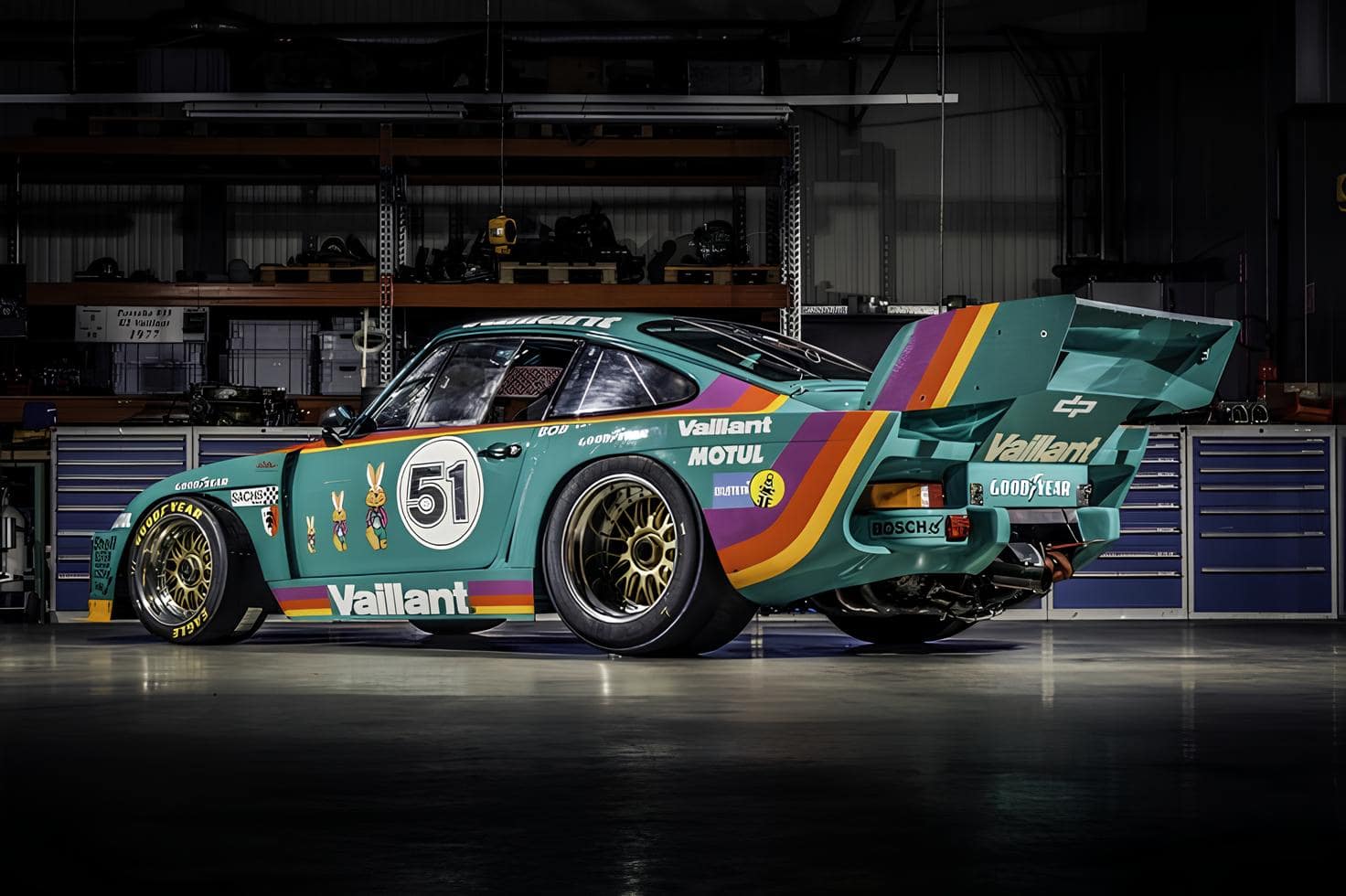
Kremer Racing stands for an unbelievable success story in automobile endurance racing, which, with the passion of the two Kremer brothers (Erwin and Manfred) for the Porsche brand and the optimization of racing cars, has lost nothing of its fascination to this day.
When Erwin and Manfred Kremer founded Kremer Racing in 1962, hardly anyone would have thought that a small car repair shop in Cologne would become such Porsche experts and, together with the Kremer vehicles and drivers, would become a legend in motor sports. Among Kremer’s greatest achievements were: Winning the 1979 24 Hours of Le Mans with their own 935 K3 with Klaus Ludwig and American brothers Don and Bill Whittington.
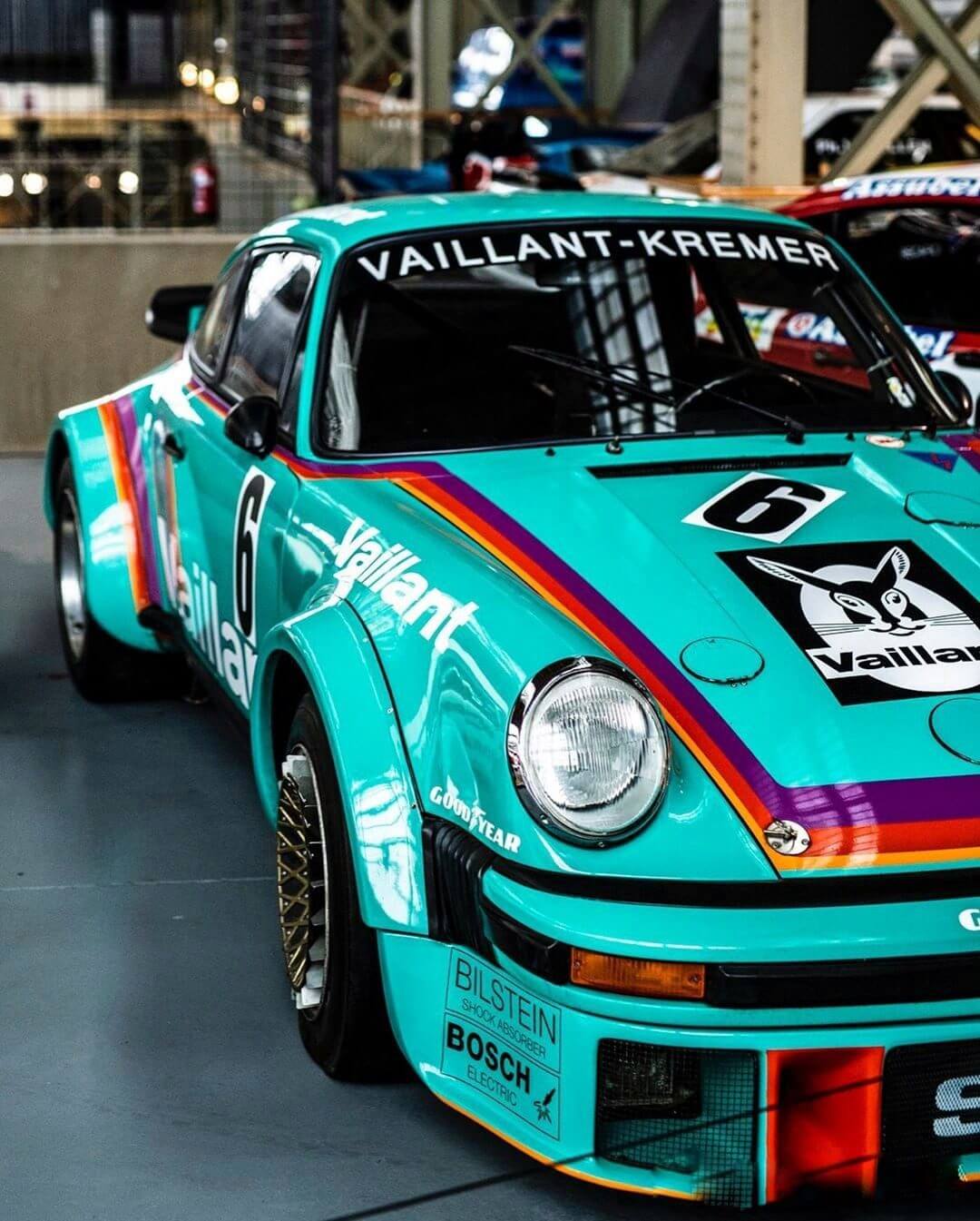
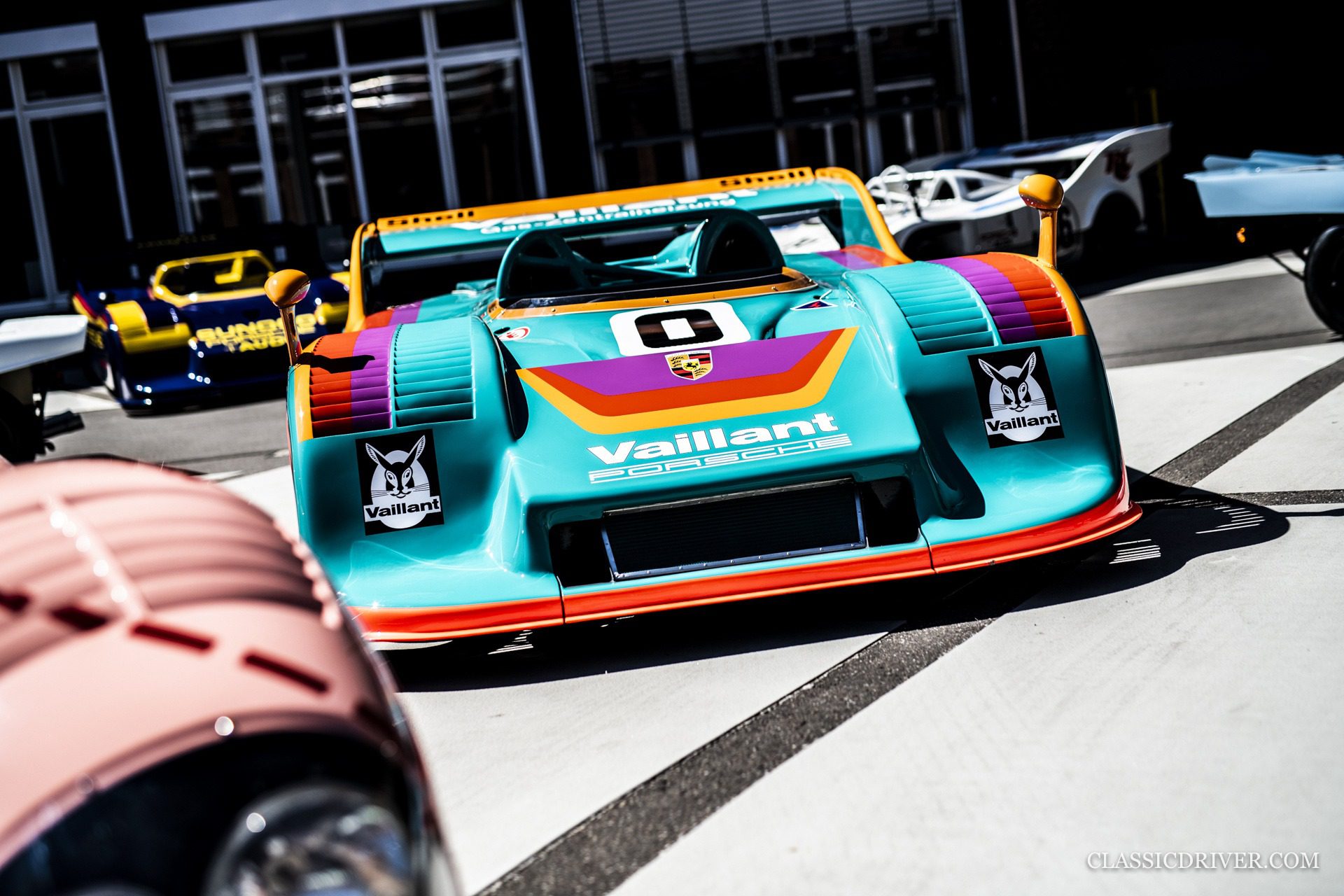
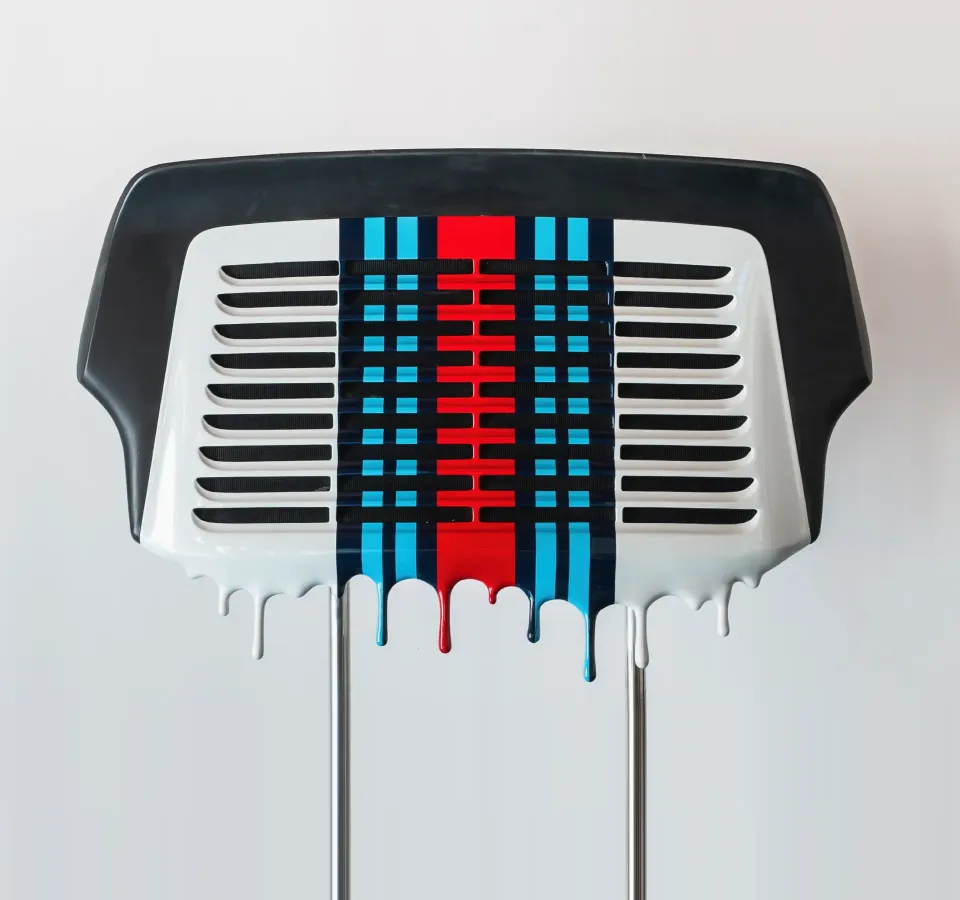
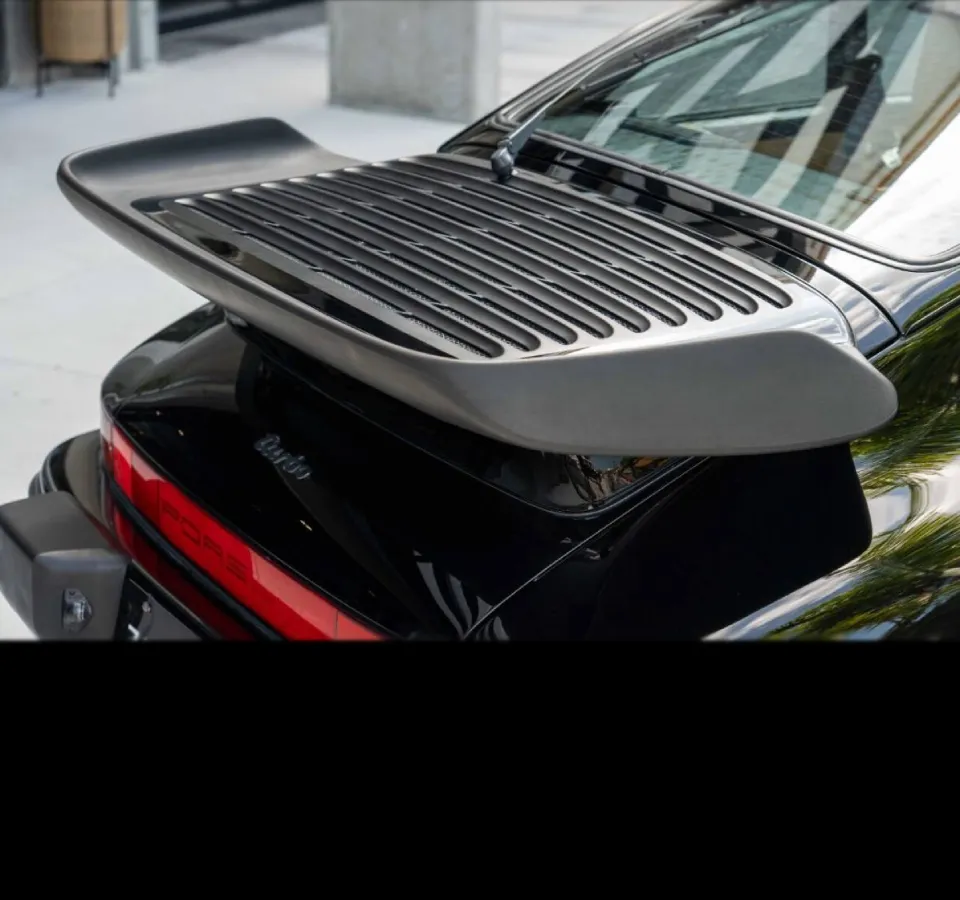
The Whale Tail Project is a tribute to classic cars and the brand's legendary racing history. Johans Lamic uses original Porsche parts and colors only, so each Whale Tail comes with its own 30-40-year-old road trip-memories. The iconic Whale Tail made its debut on the legendary 1975 930 Turbo, a legendary car for an entire generation due to the first addition of a turbo to the engine, the specific wider look and driving characteristics due to the turbo lag and oversteering.
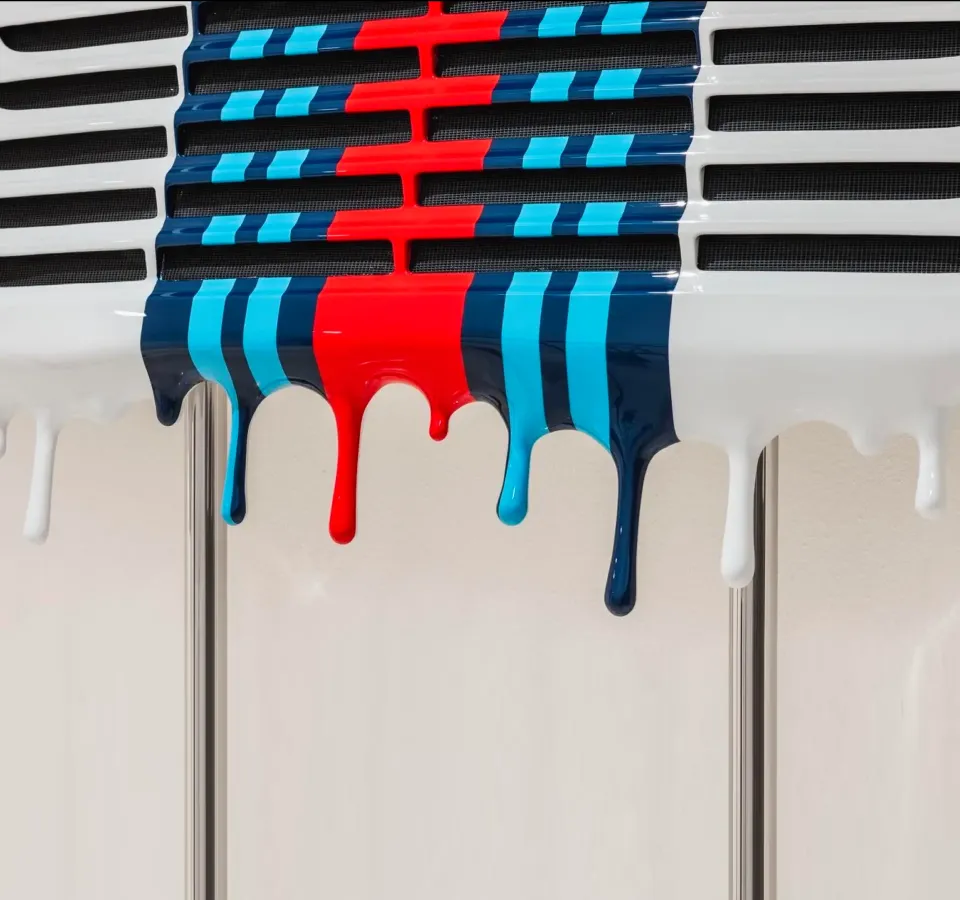
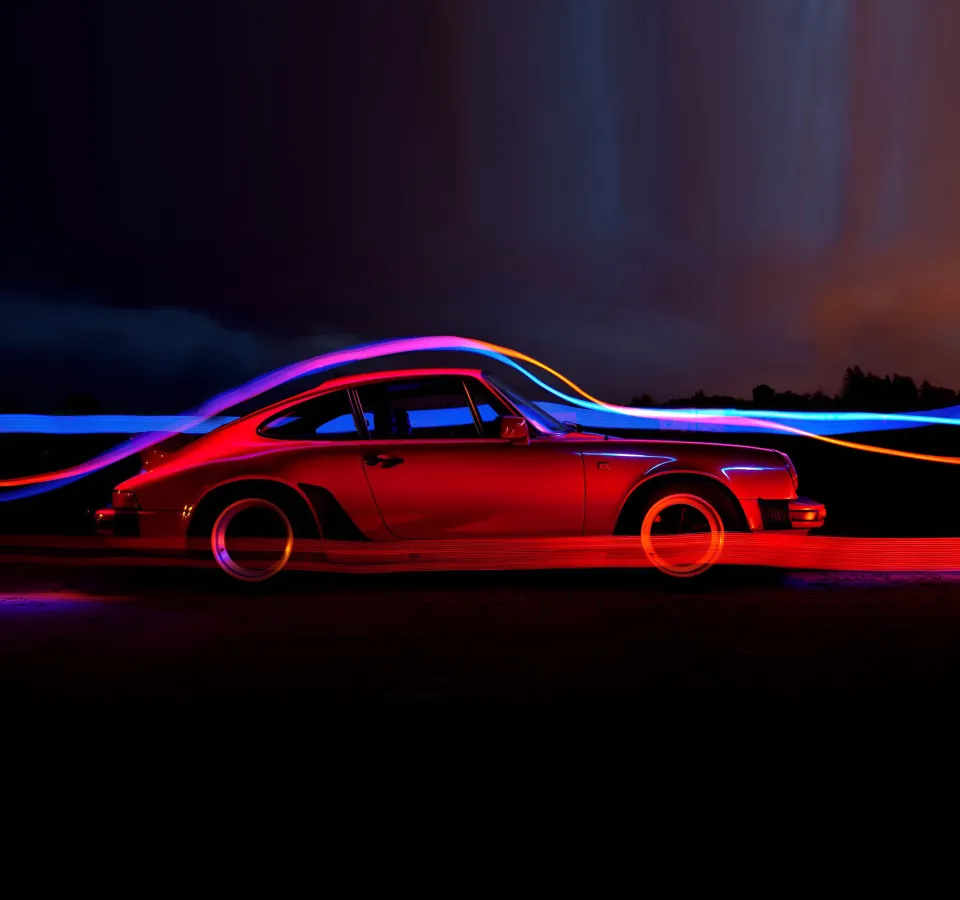
Being an airline captain, Johans has a penchant for aerodynamics. His intention was to visually depict and explain the function of the spoiler. As air is a liquid, the drops symbolize fluidity and speed.
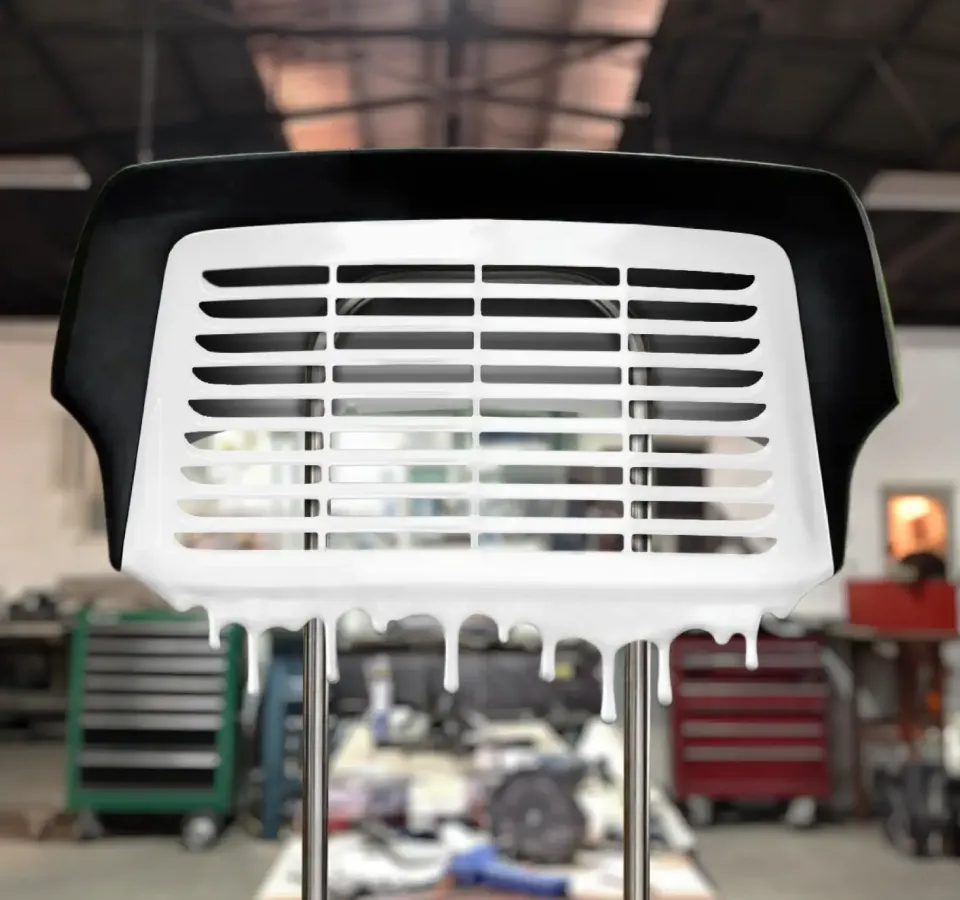
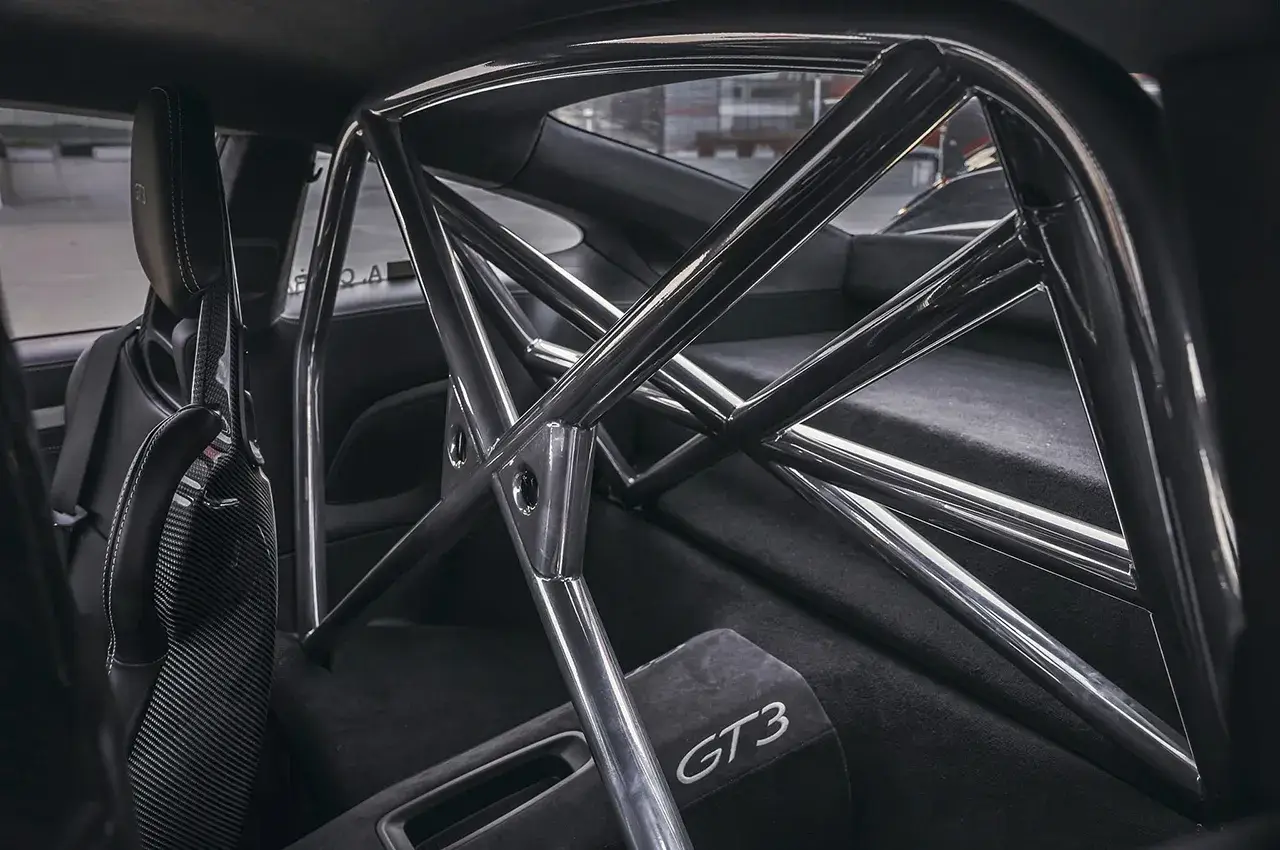
Each Whale Tail is equipped with a roll cage type construction inside into which the rods are inserted at the ends. Striving for perfection Johans loves to include invisible details in his work.
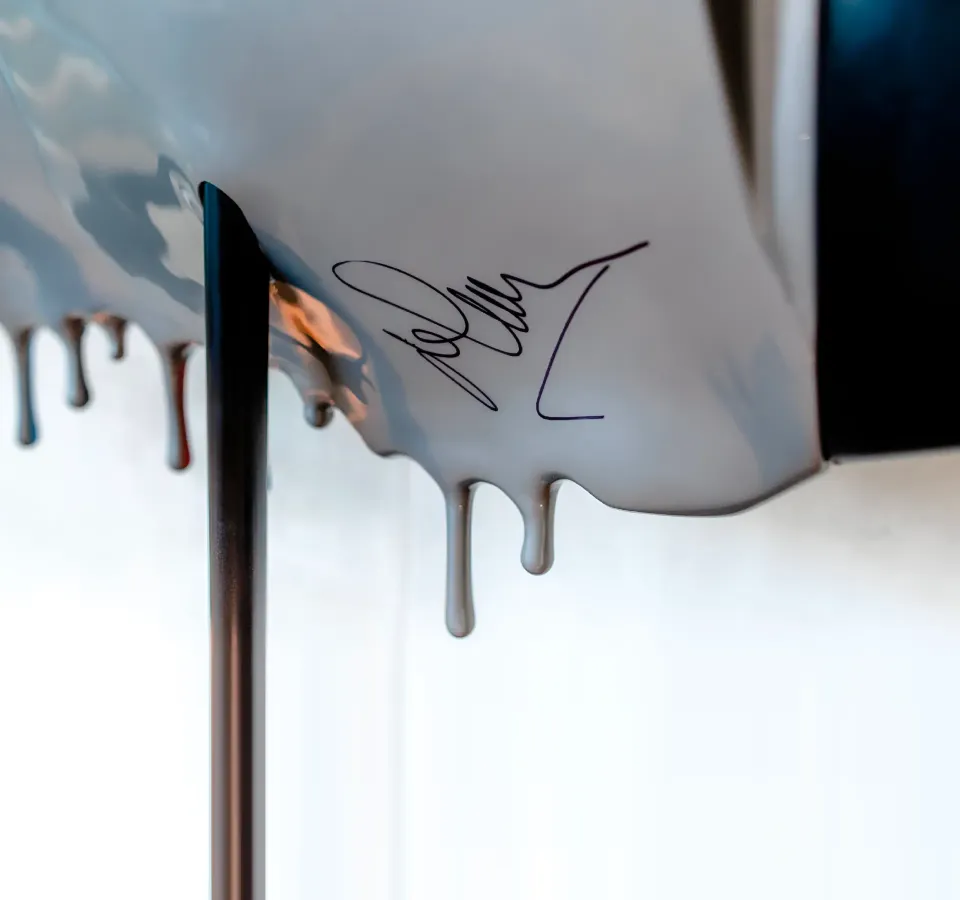
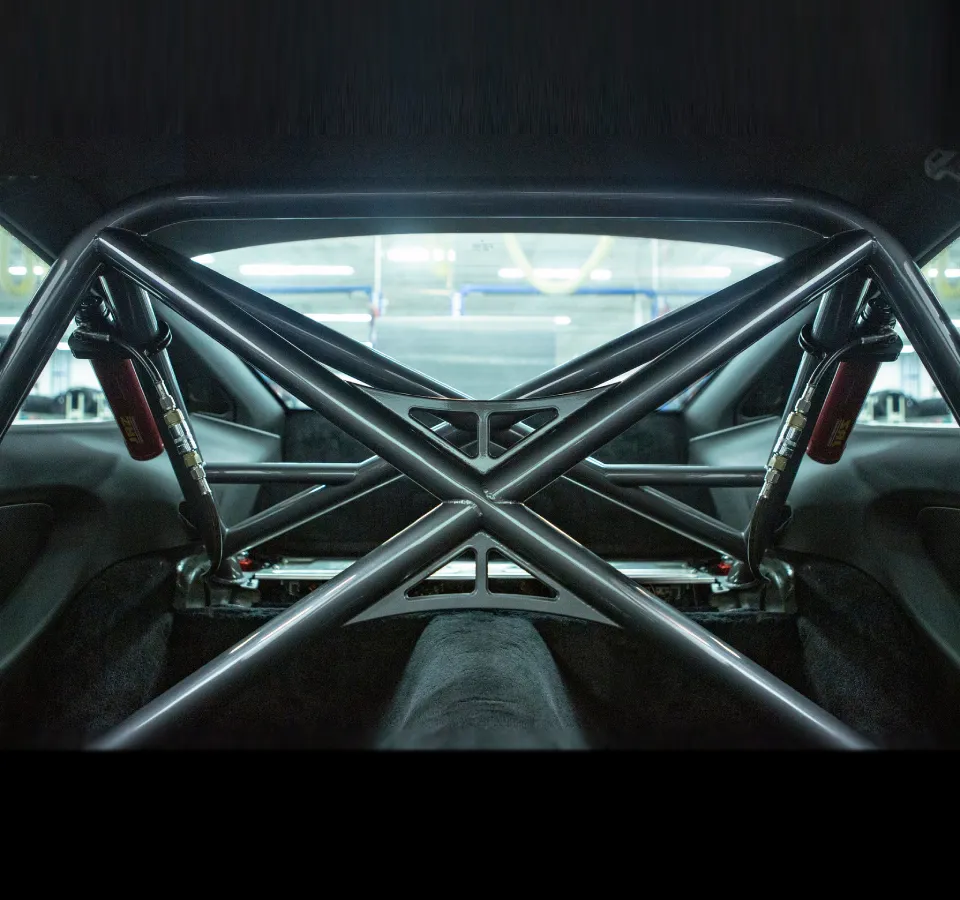
The roll cage represents one of the most significant equipment for the personal protection in every sport car and in rally vehicles in particular. Mimicking that indispensable safety equipment, each whale Tail is created using 1.25 inches/32mm diameter tubes with a thickness of 0.09/2.286 mm as per international regulation for a vehicle weight between 1001 and 1500 lbs (vehicle weight+ driver). It is generally made of thin gauge pipes, joined together, to assemble a safety structure.
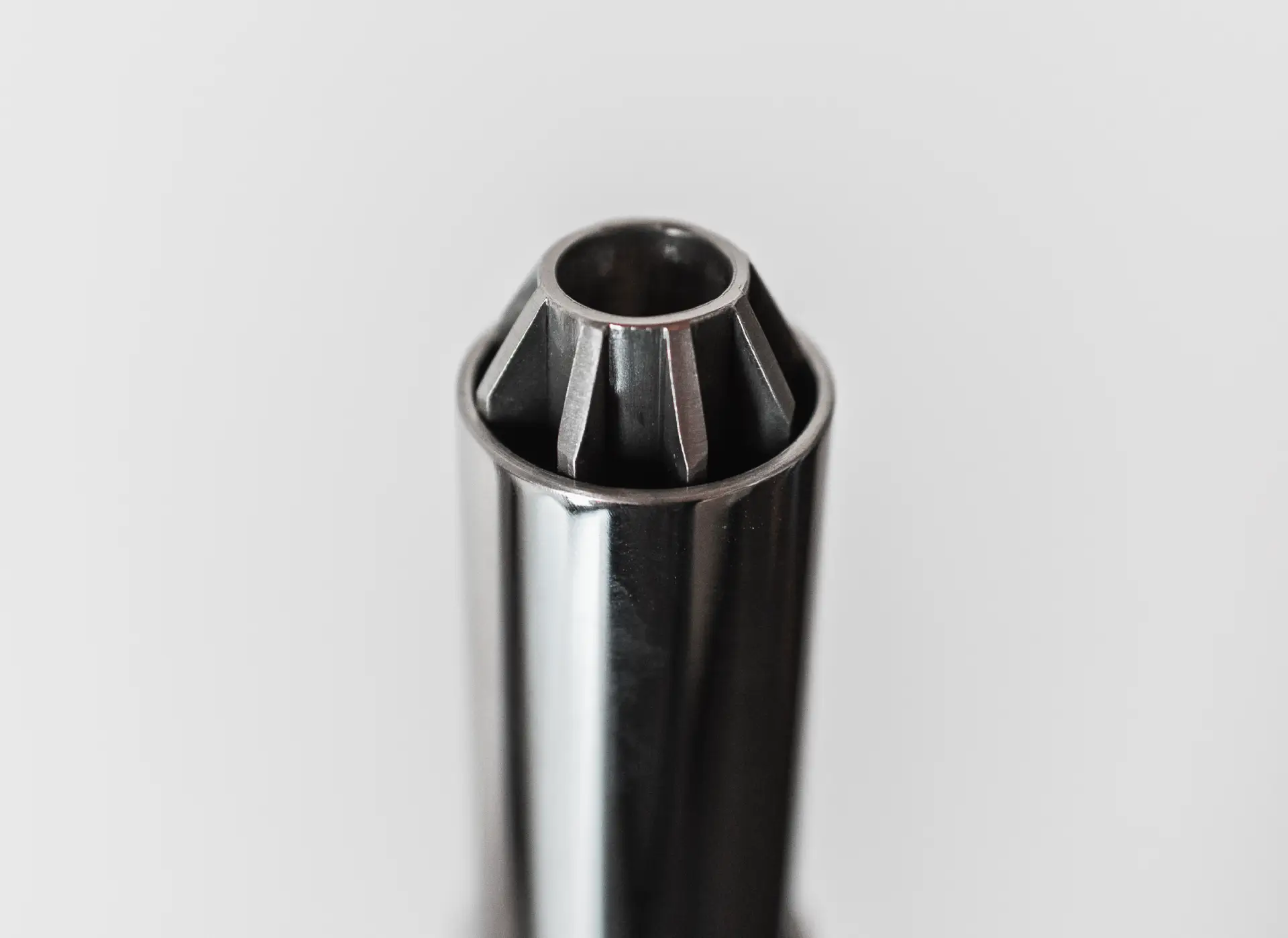
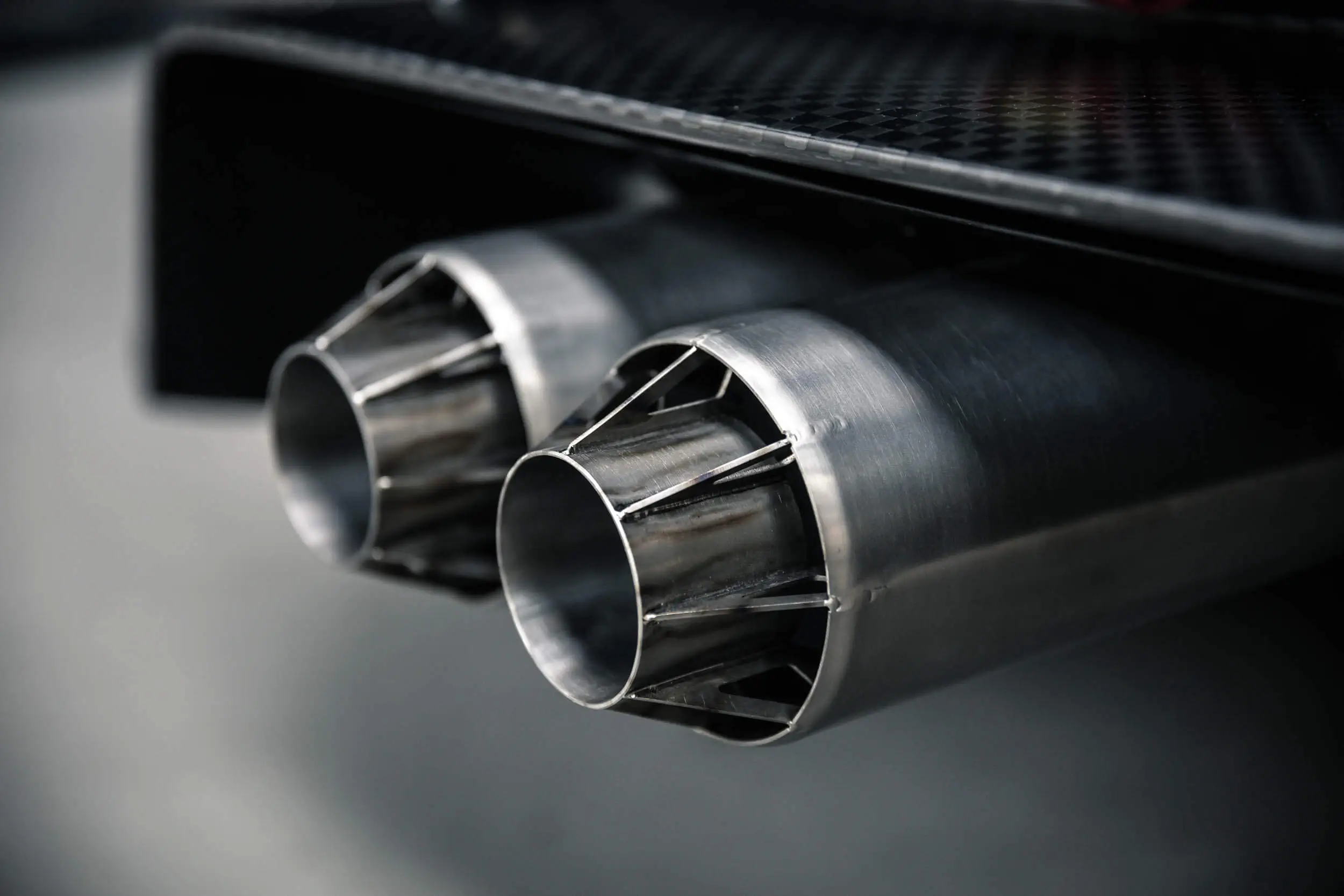
The head of the poles are hand welded, just like the prototype after they were created- the exhaust pipe of the 935.
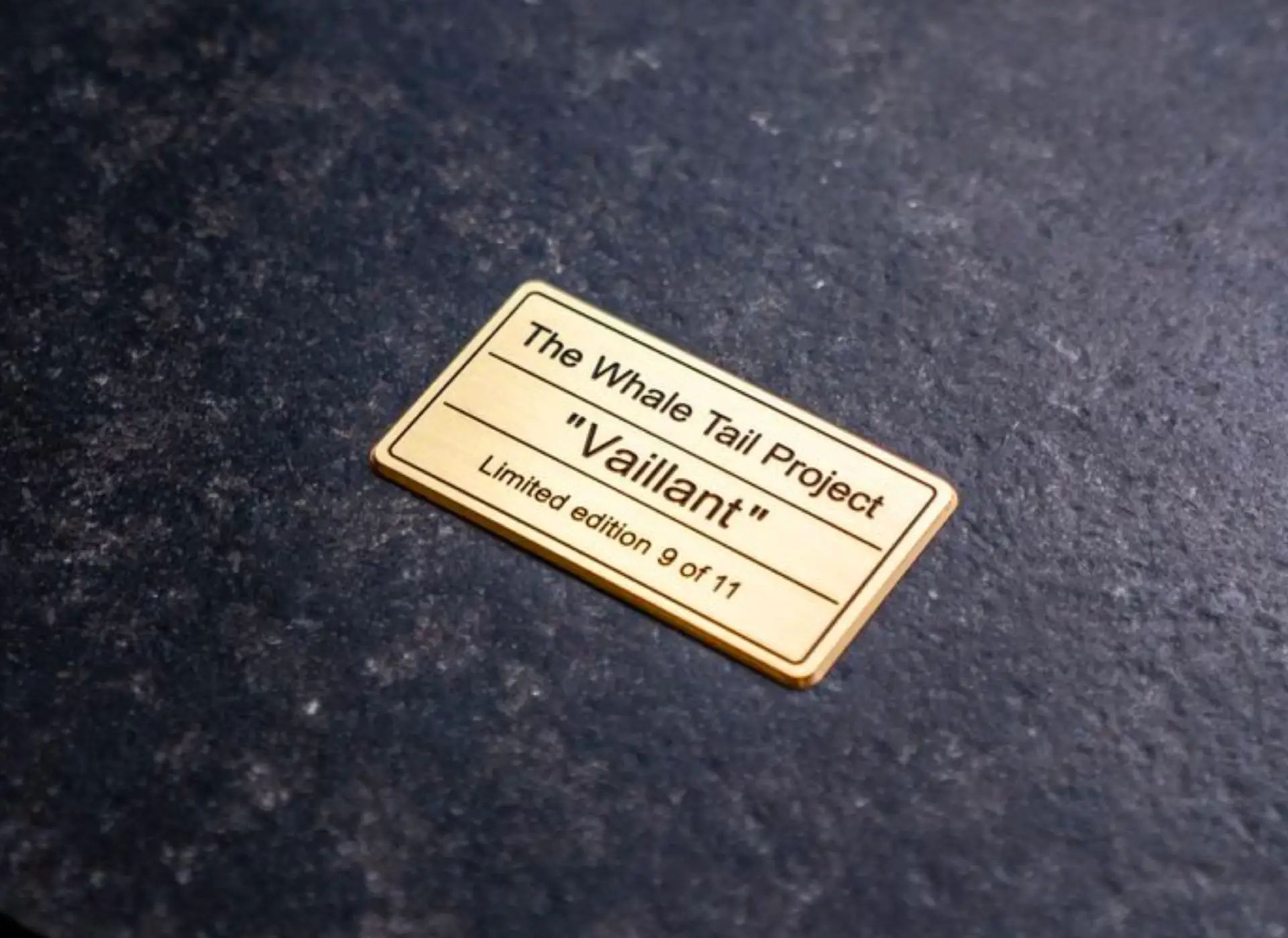
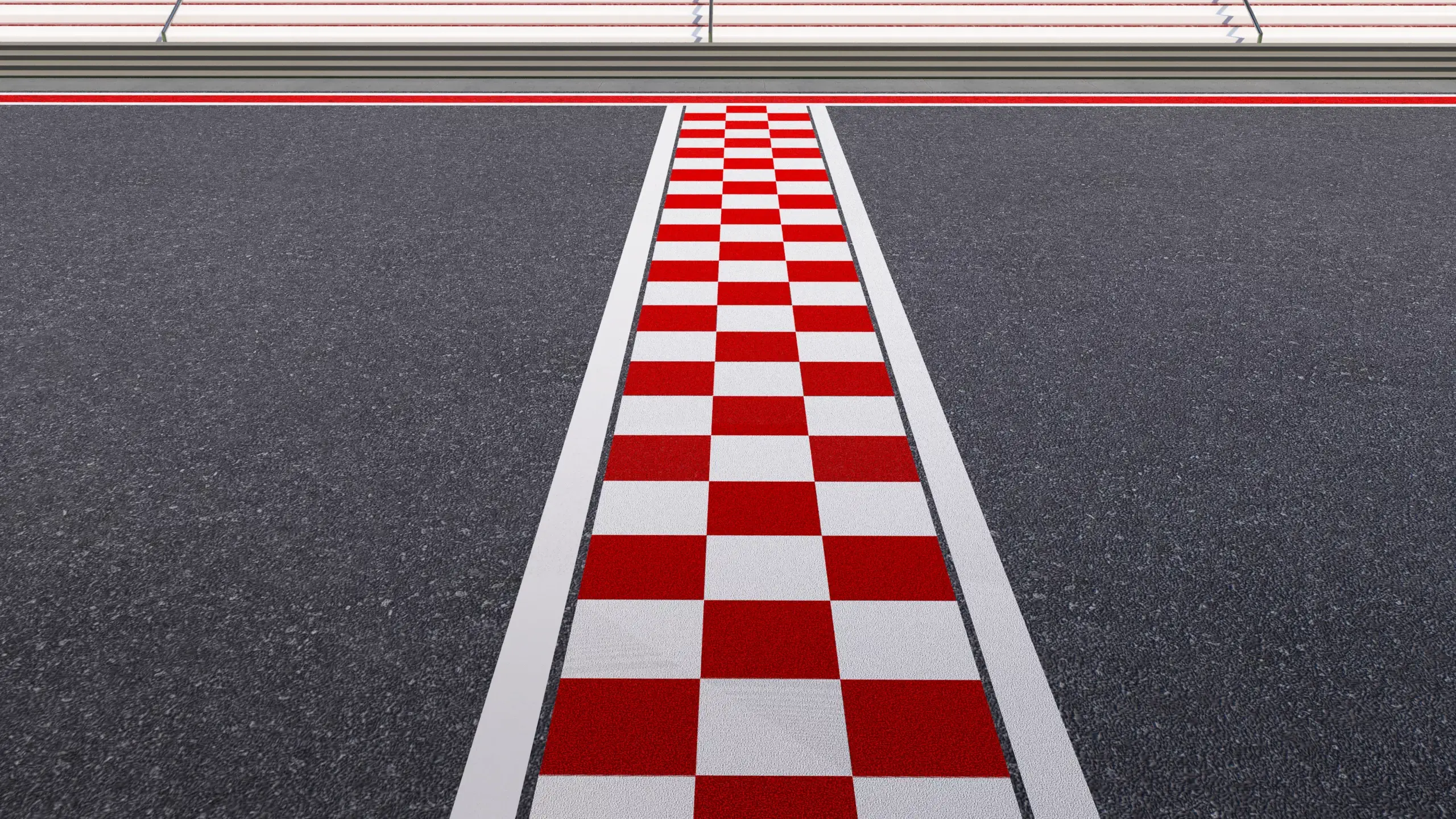
Each Whale Tail is mounted on a custom-made base. Johans chooses the color of the base in harmony with the design of each edition. Black granite- reminiscent of the rough texture of a racetrack. White “Thassos” marble, reflecting the beautiful sparkle of the Oryx White paint that serves as a base for some of his objects.
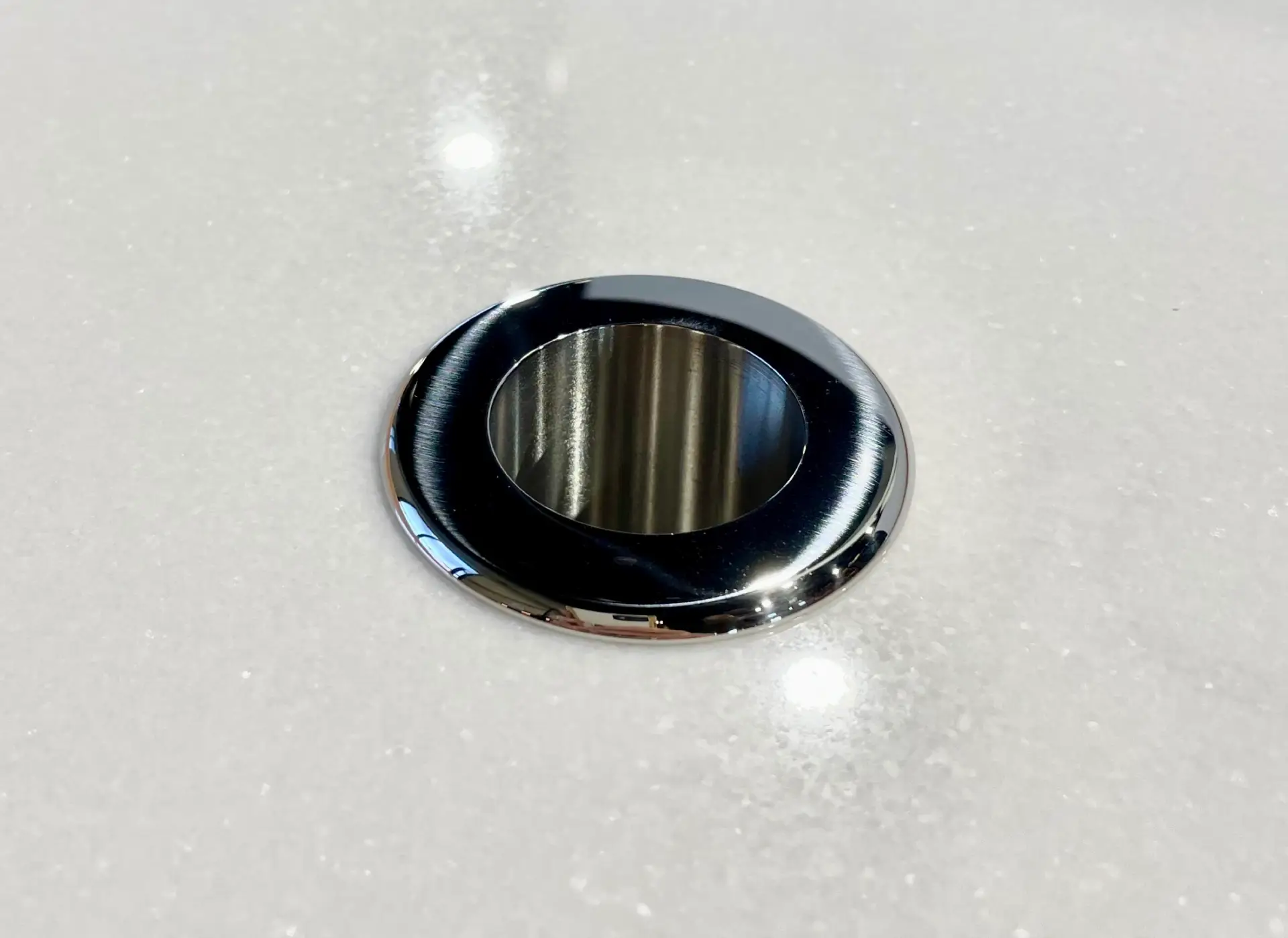
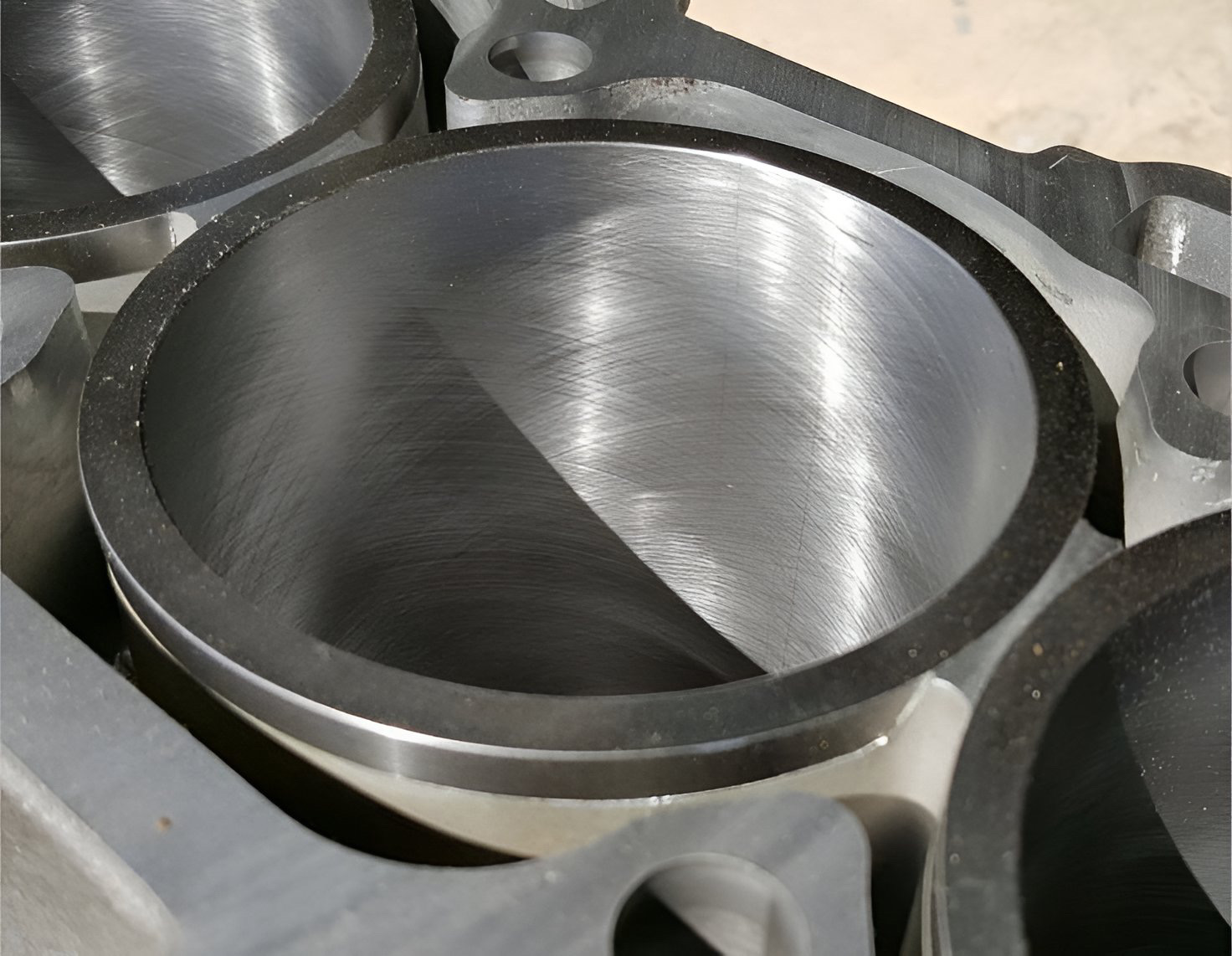
The inlays are bored with extreme precision from a single piece of metal. As smoothly as the pistons slide into the combustion chambers, so do the custom-made rods slide into their unique inlays.
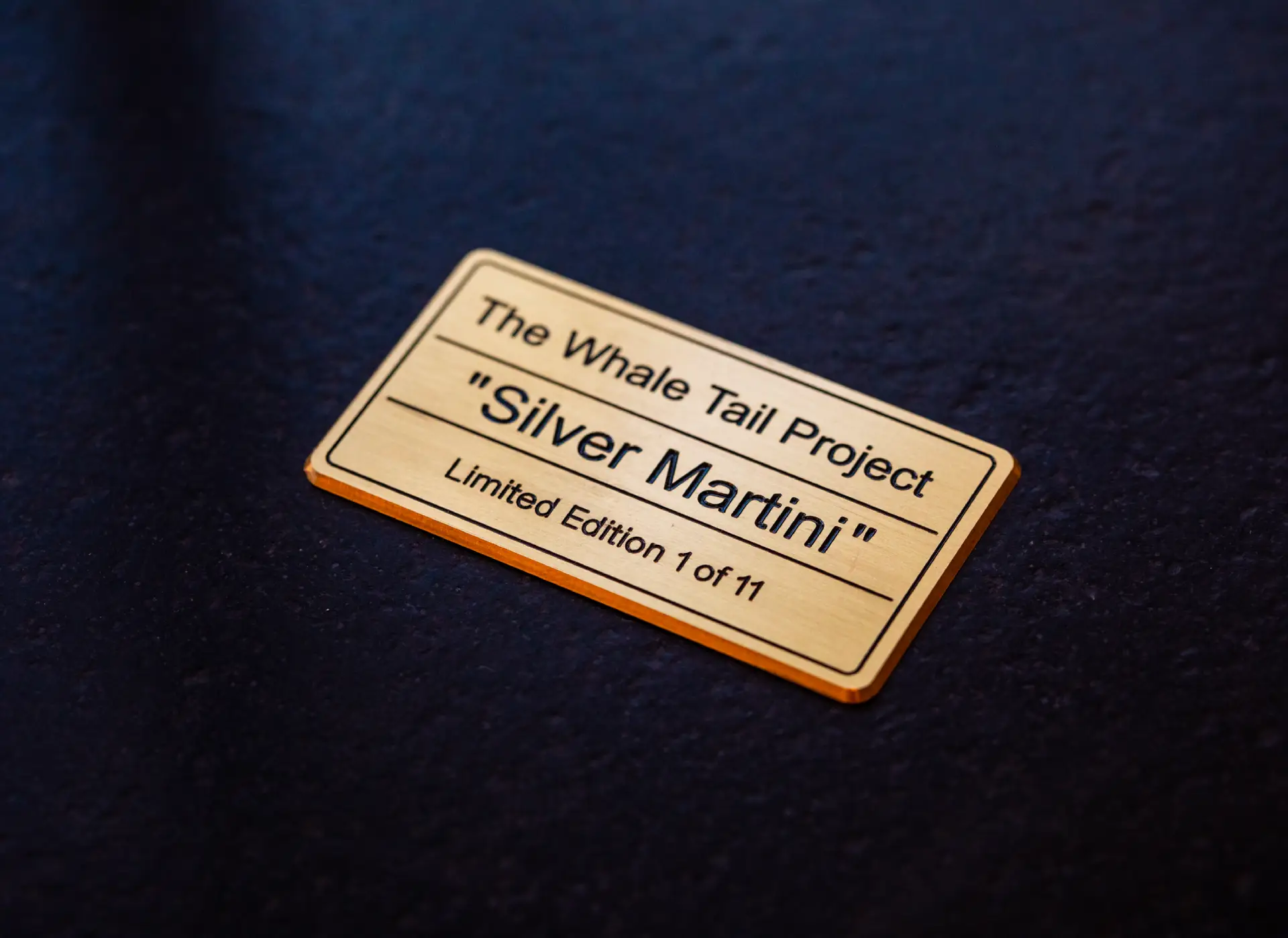
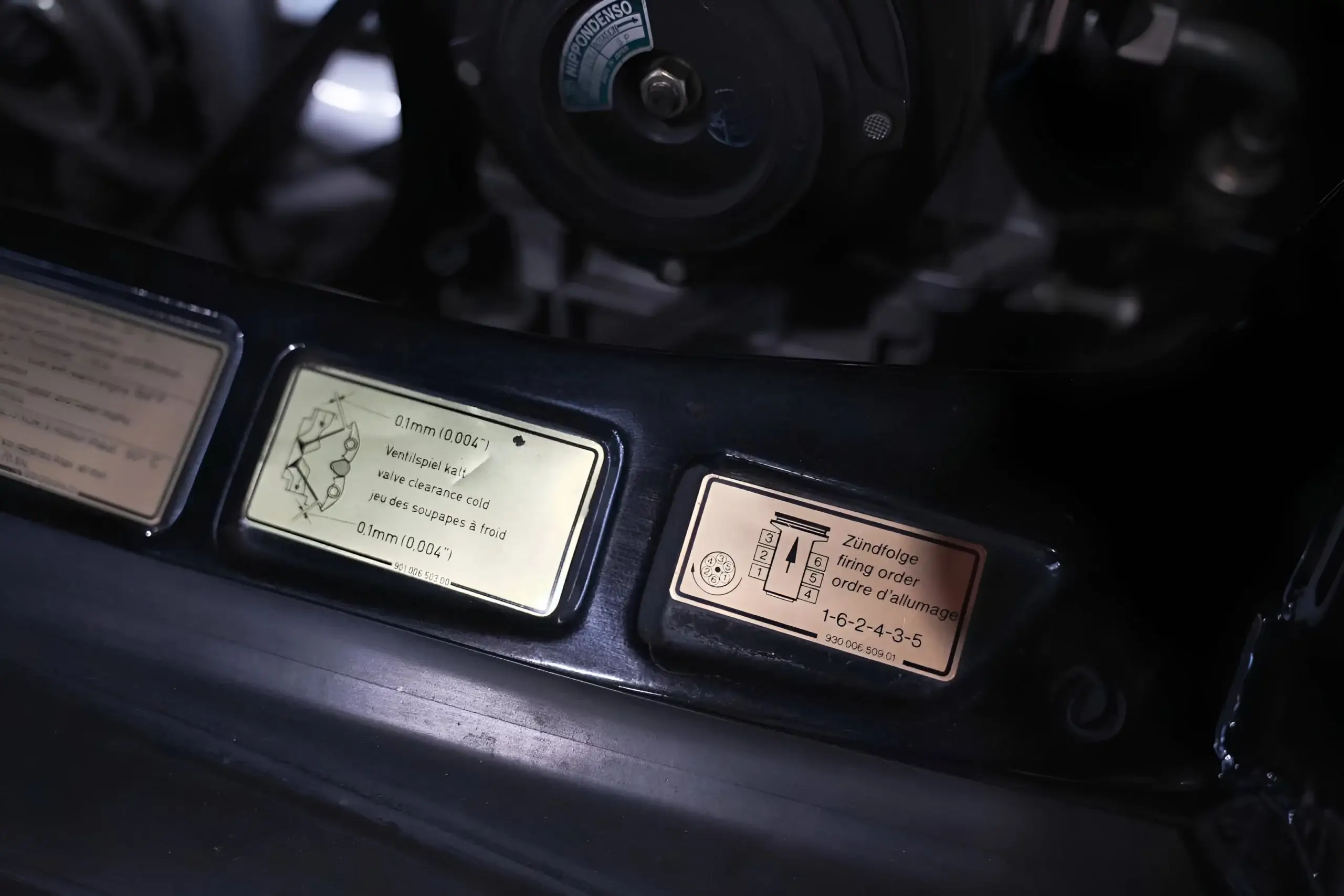
The design of the nameplates is based on the engine decals of Porsches classic cars. The engine bay decals often contain important information relating to the grade or types of fluid required, safety warnings, electrical information, firing order etc.
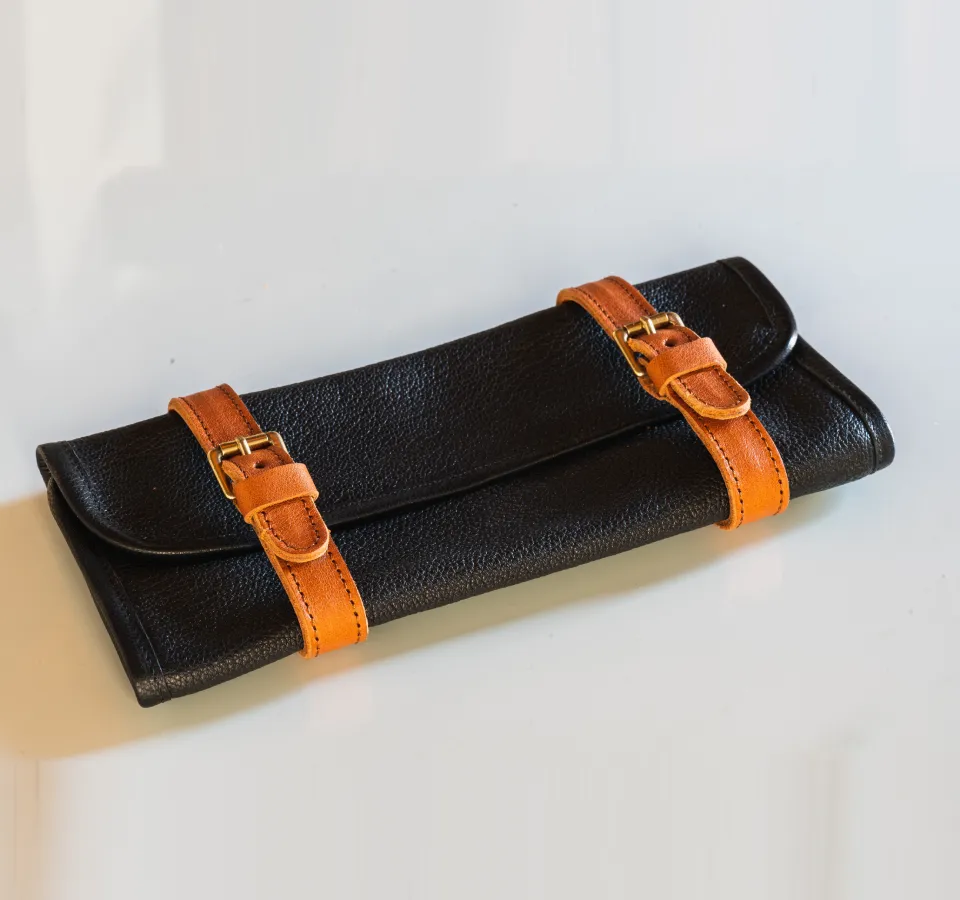
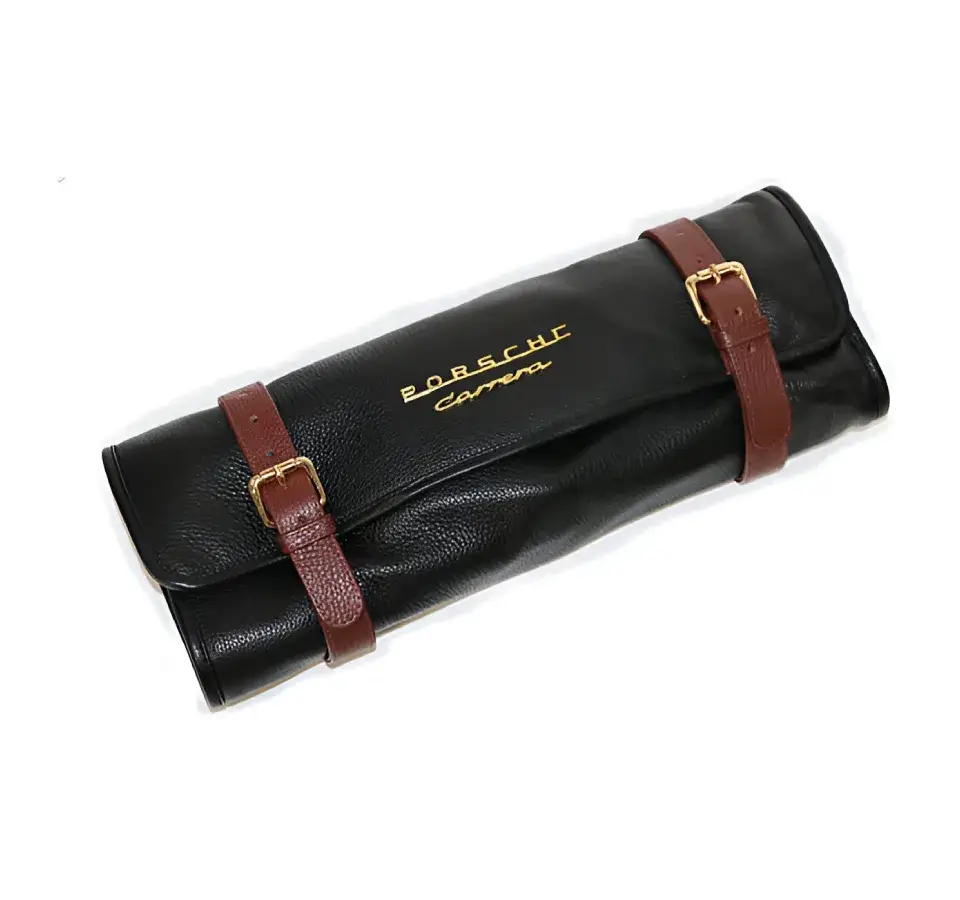
Each Whale Tail comes with a Certificate of Authenticity which is carefully stored in a handcrafted goat-leather pouch. The document bags are based on the design of the early Porsche’s tool bags.
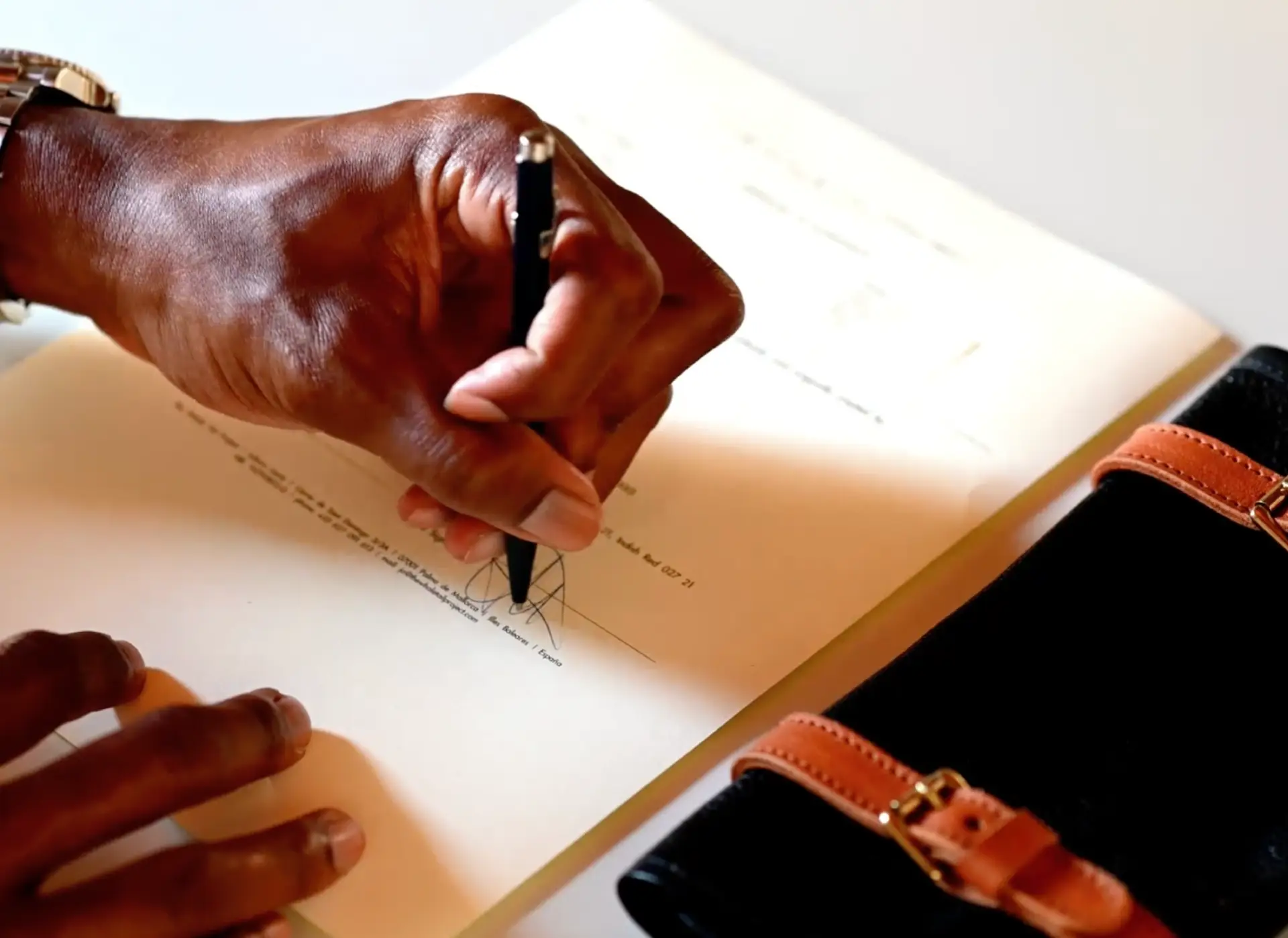
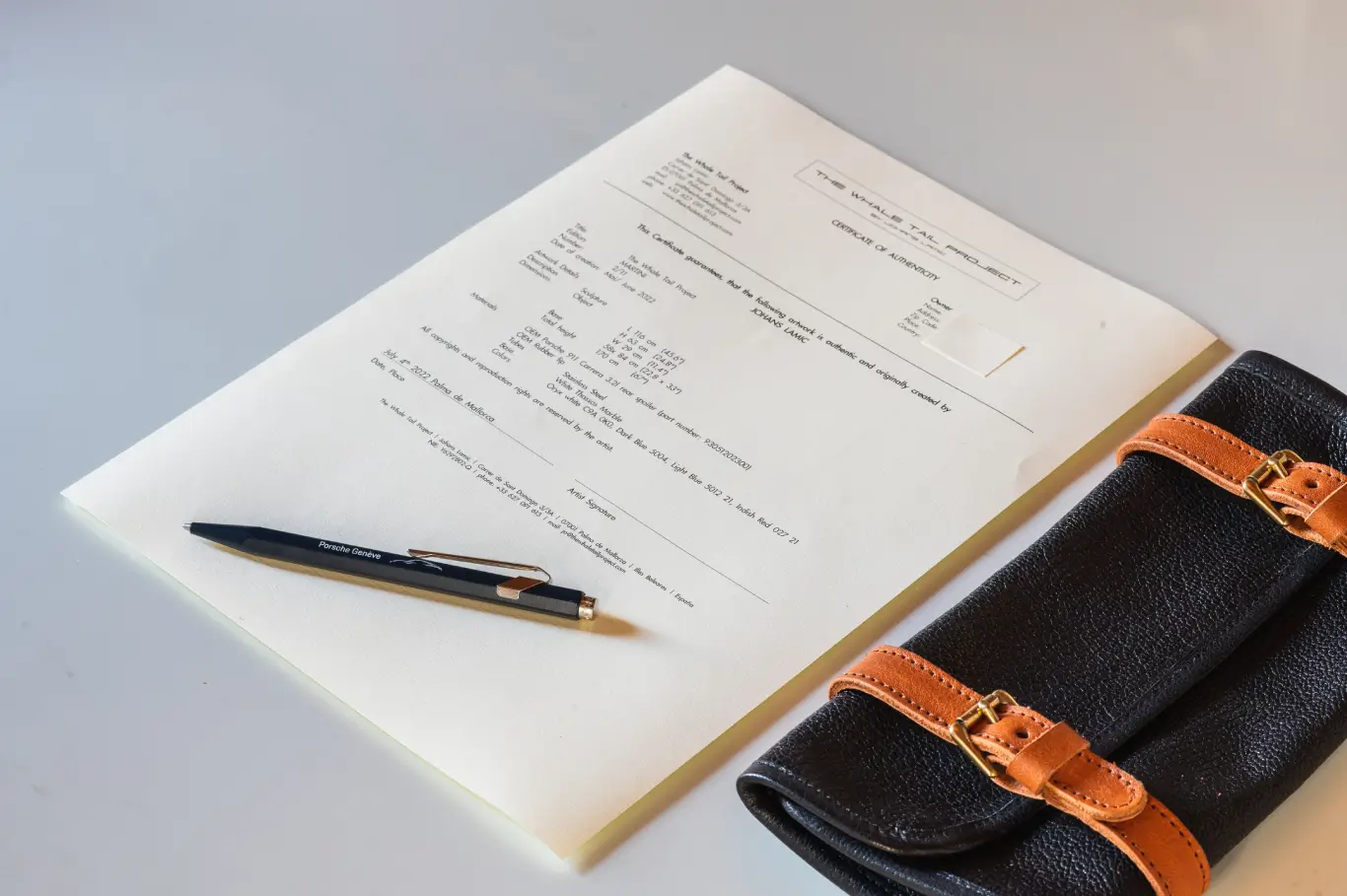
Each Whale Tail comes with a physical Certificate of Authenticity and is additionally registered and certified at Verisart.com to provide a permanent and secure record of ownership. As in every detail of the artwork- An emotional bridge between past and present.
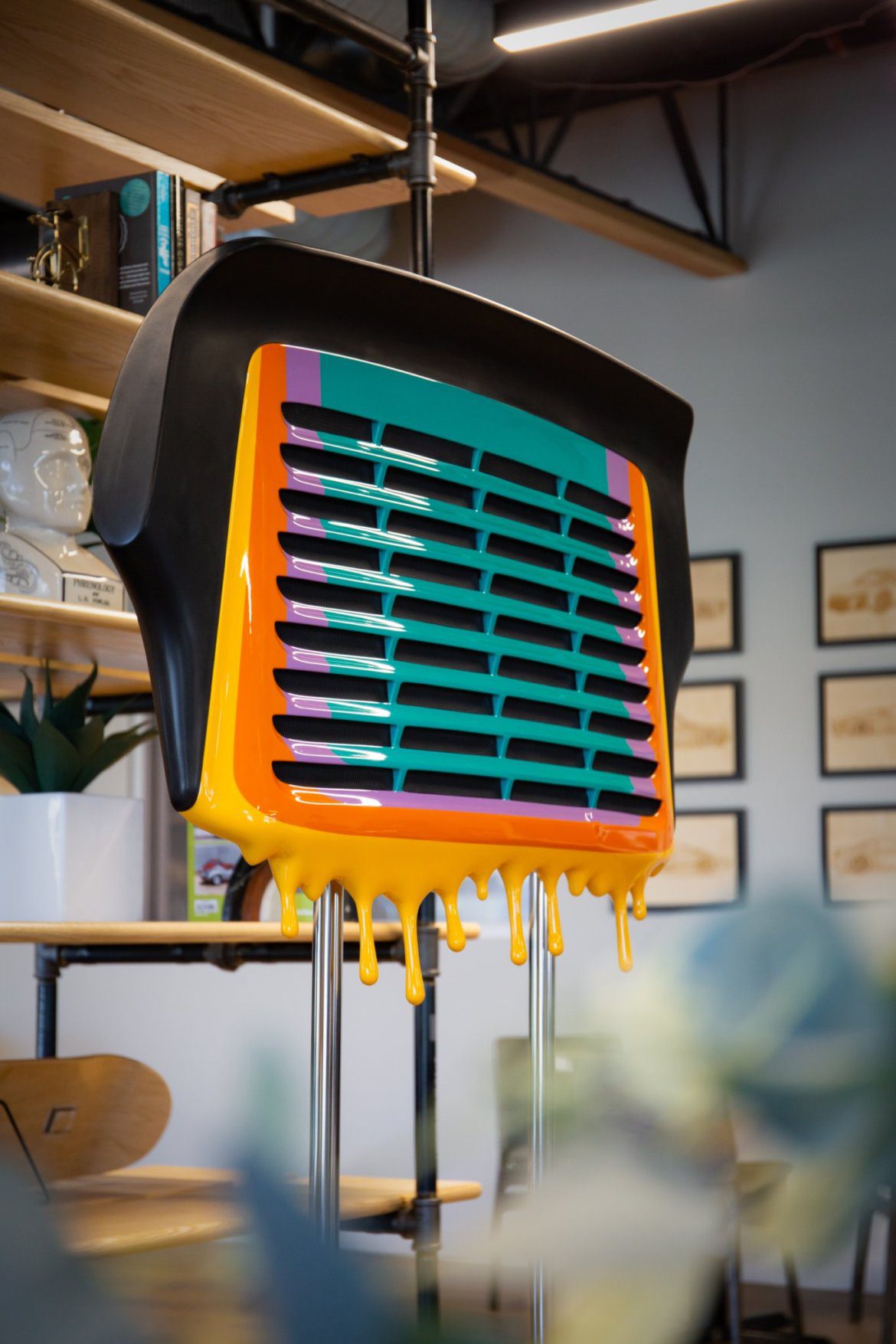
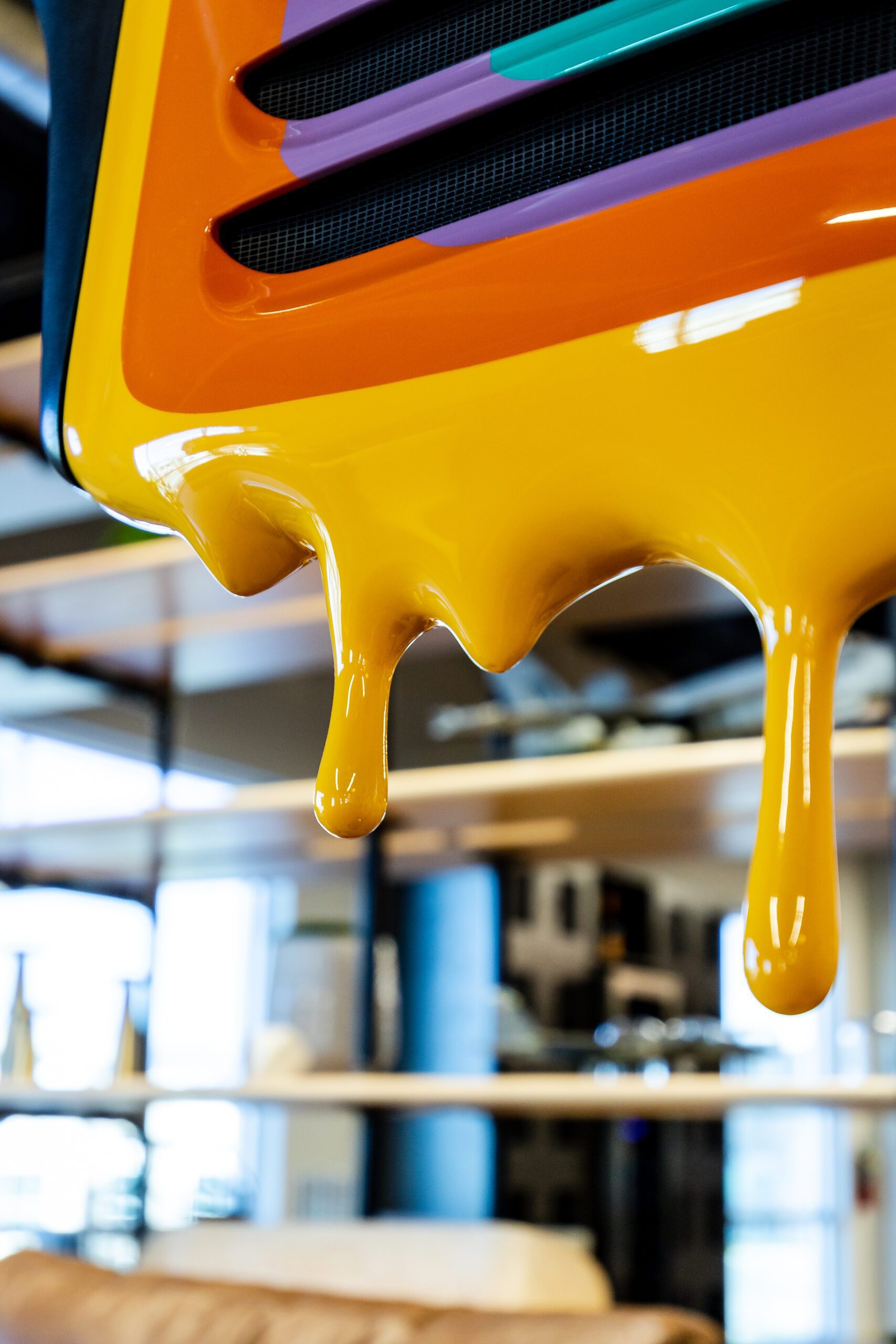
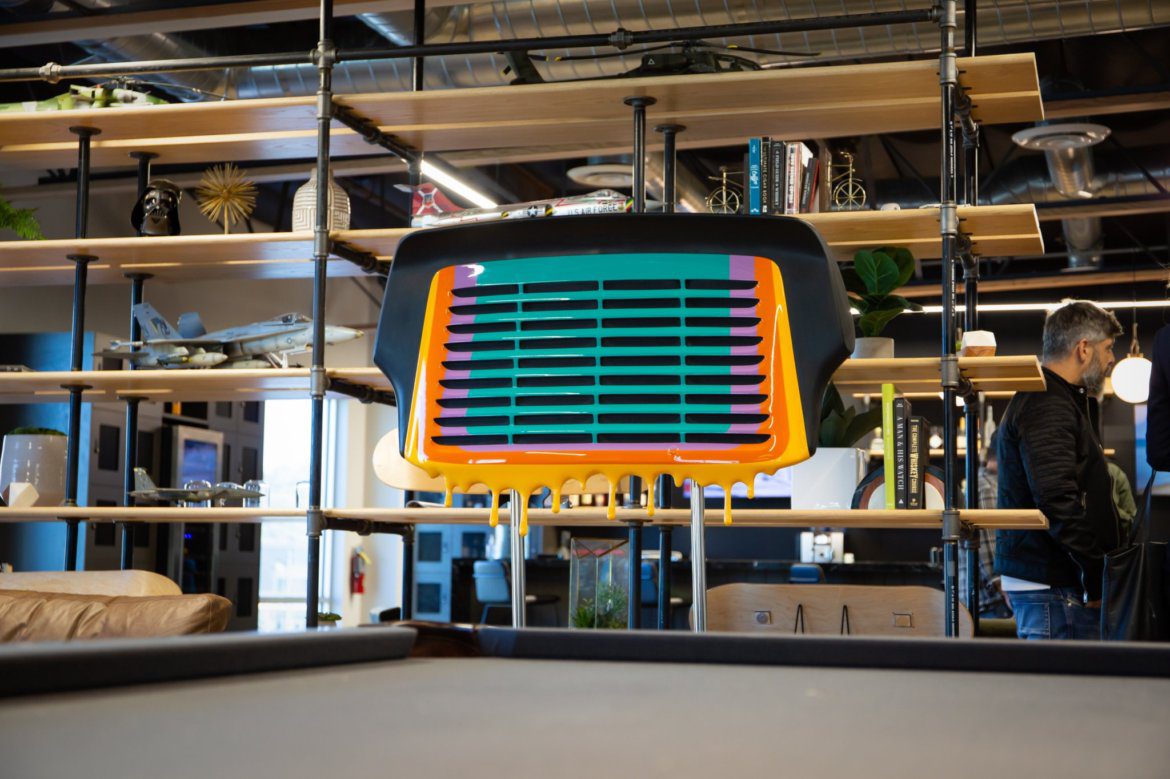
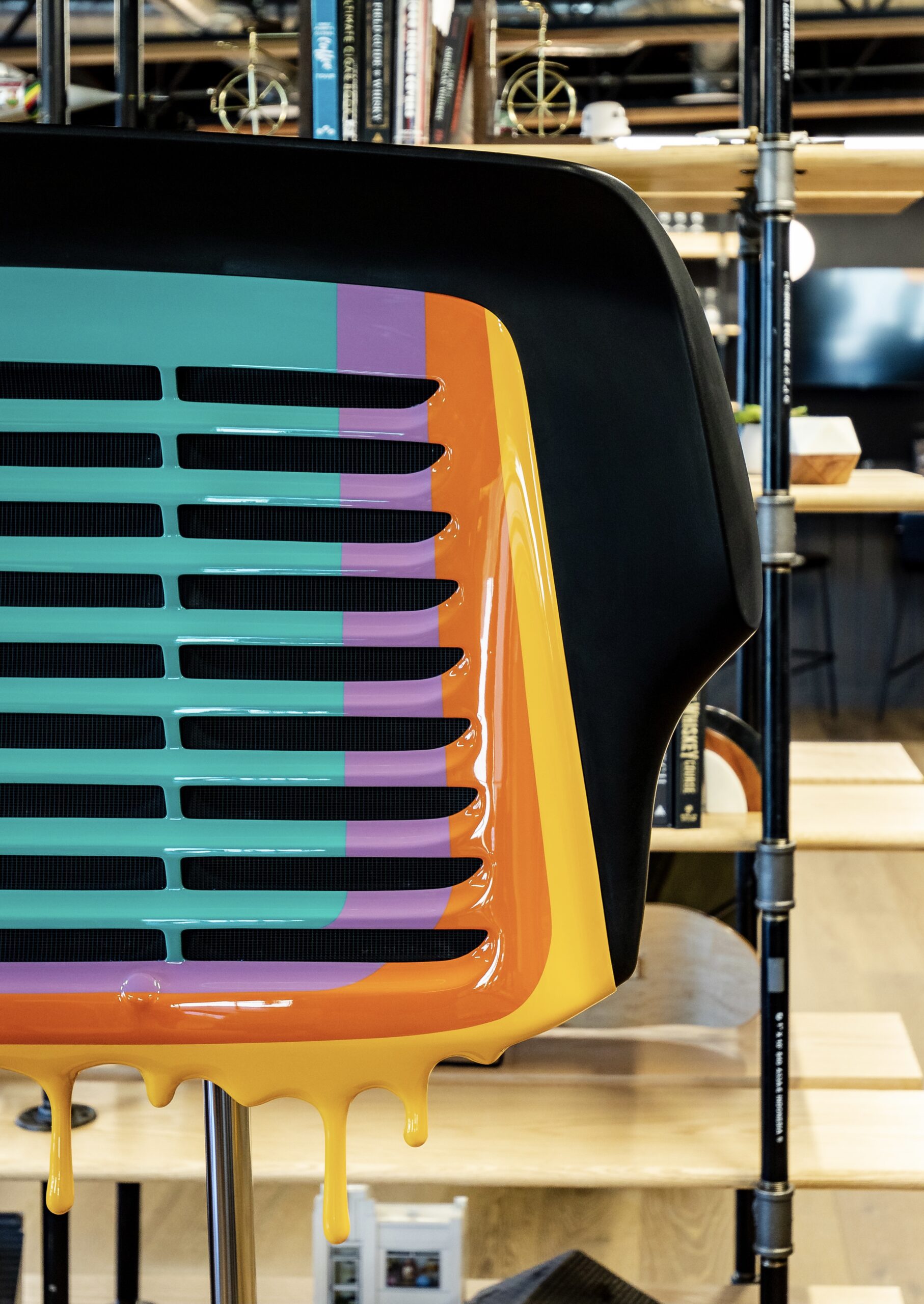
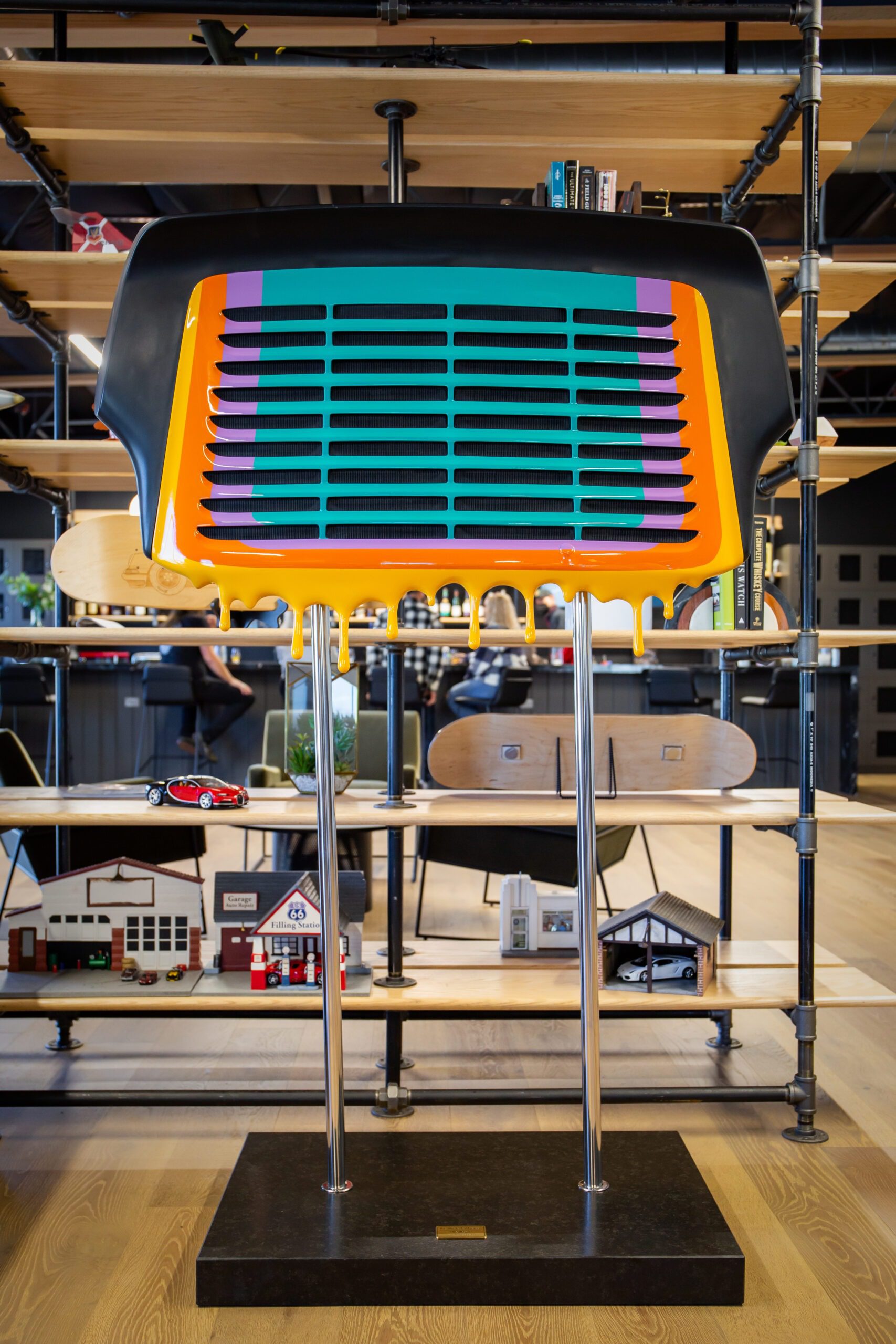

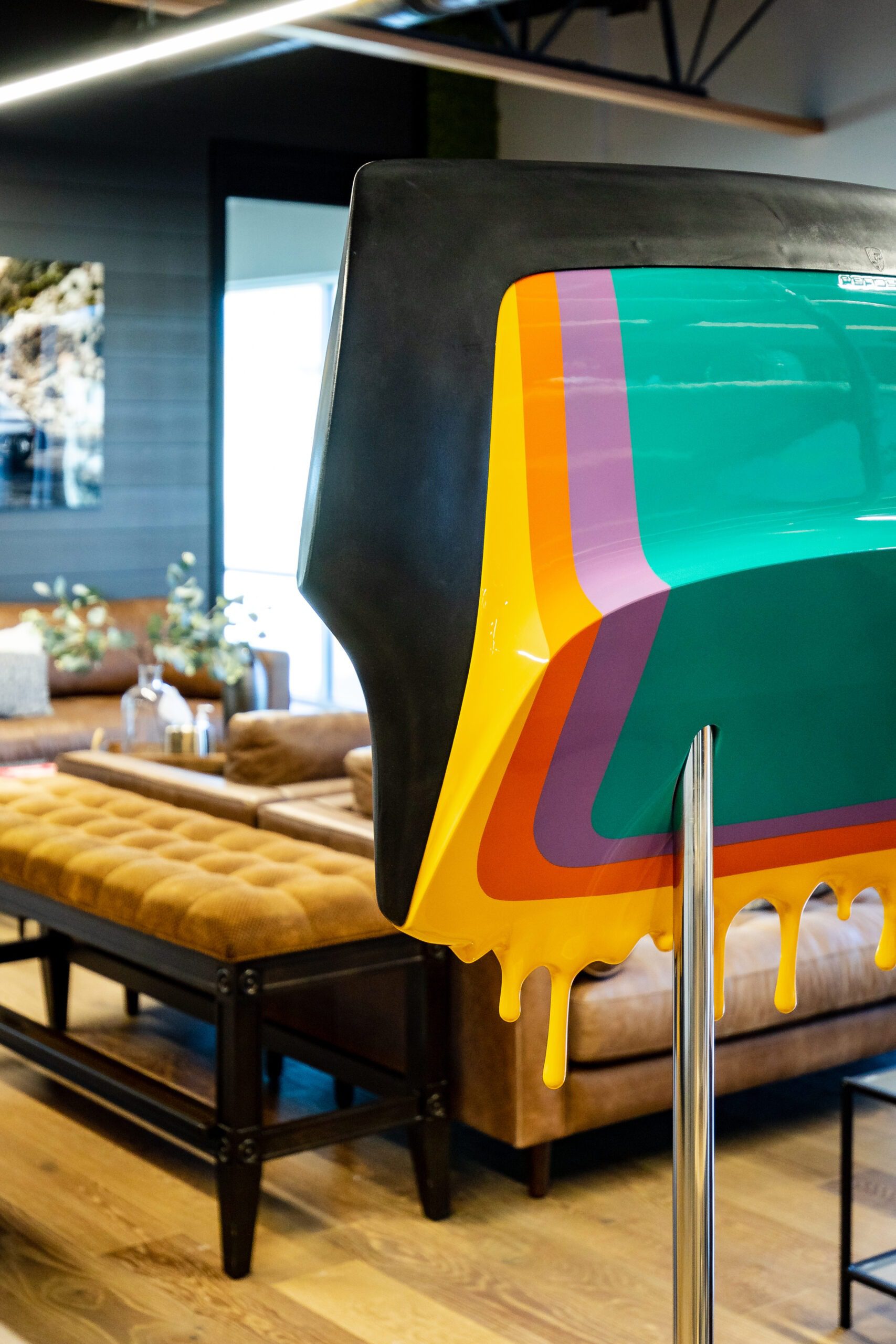
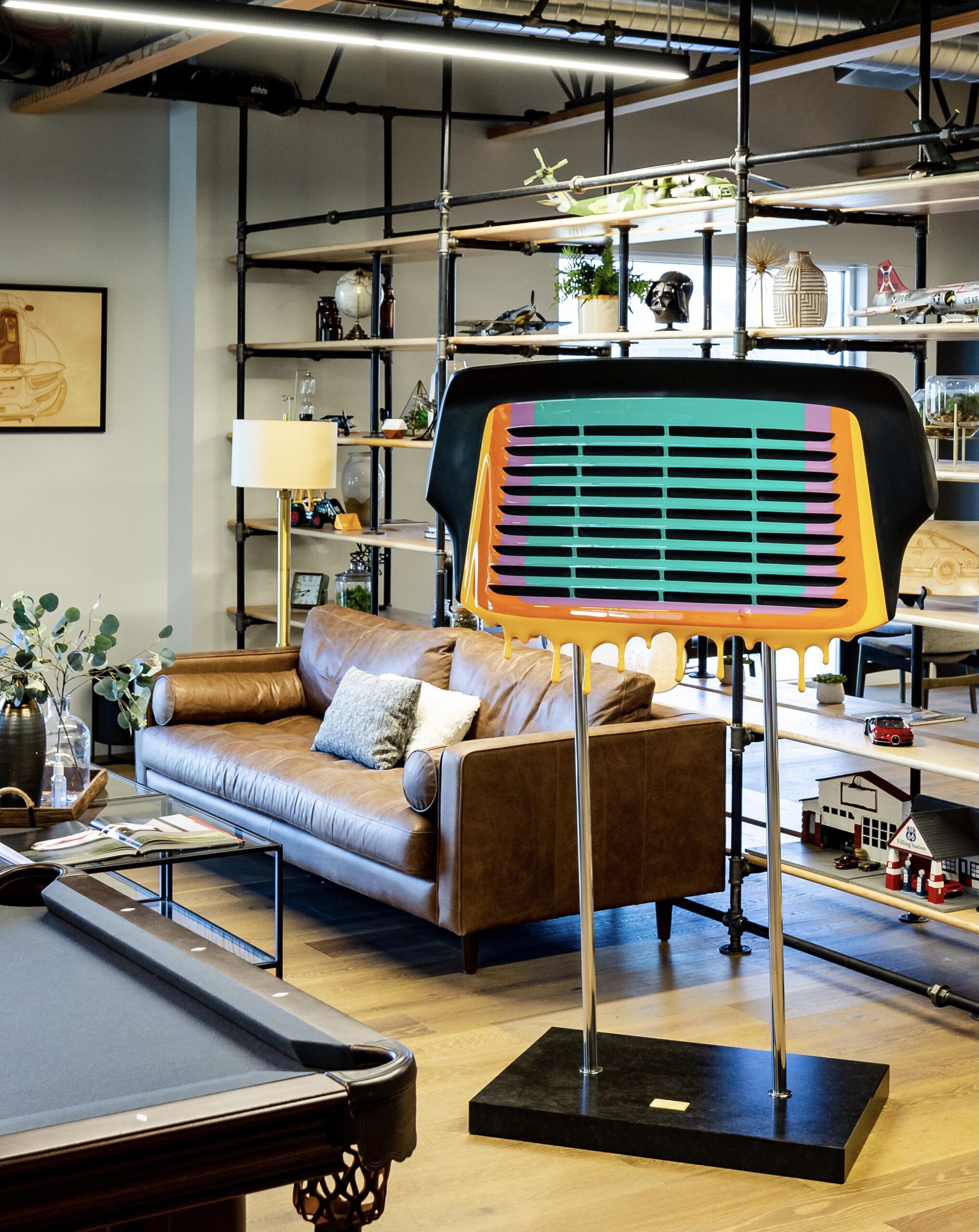
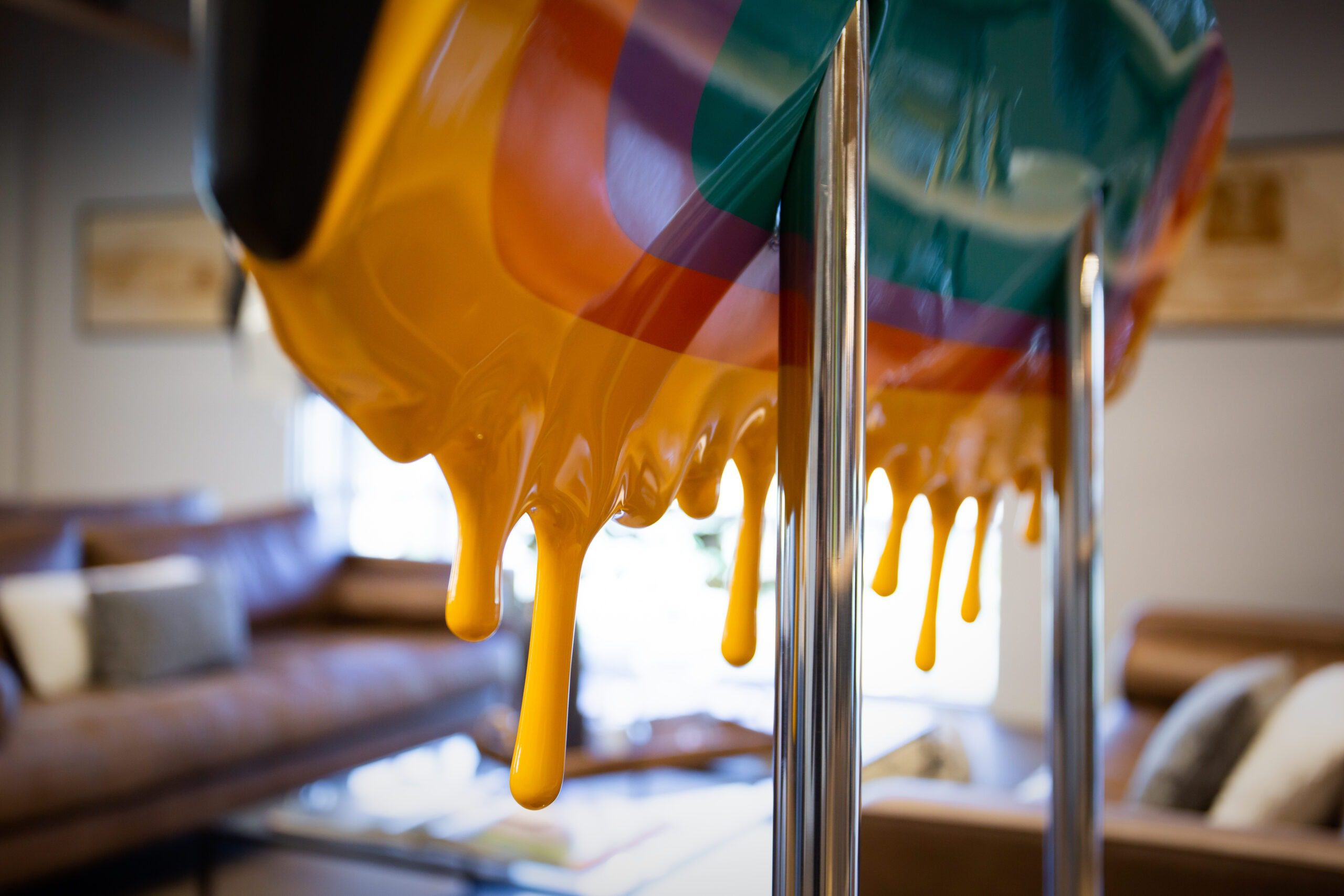
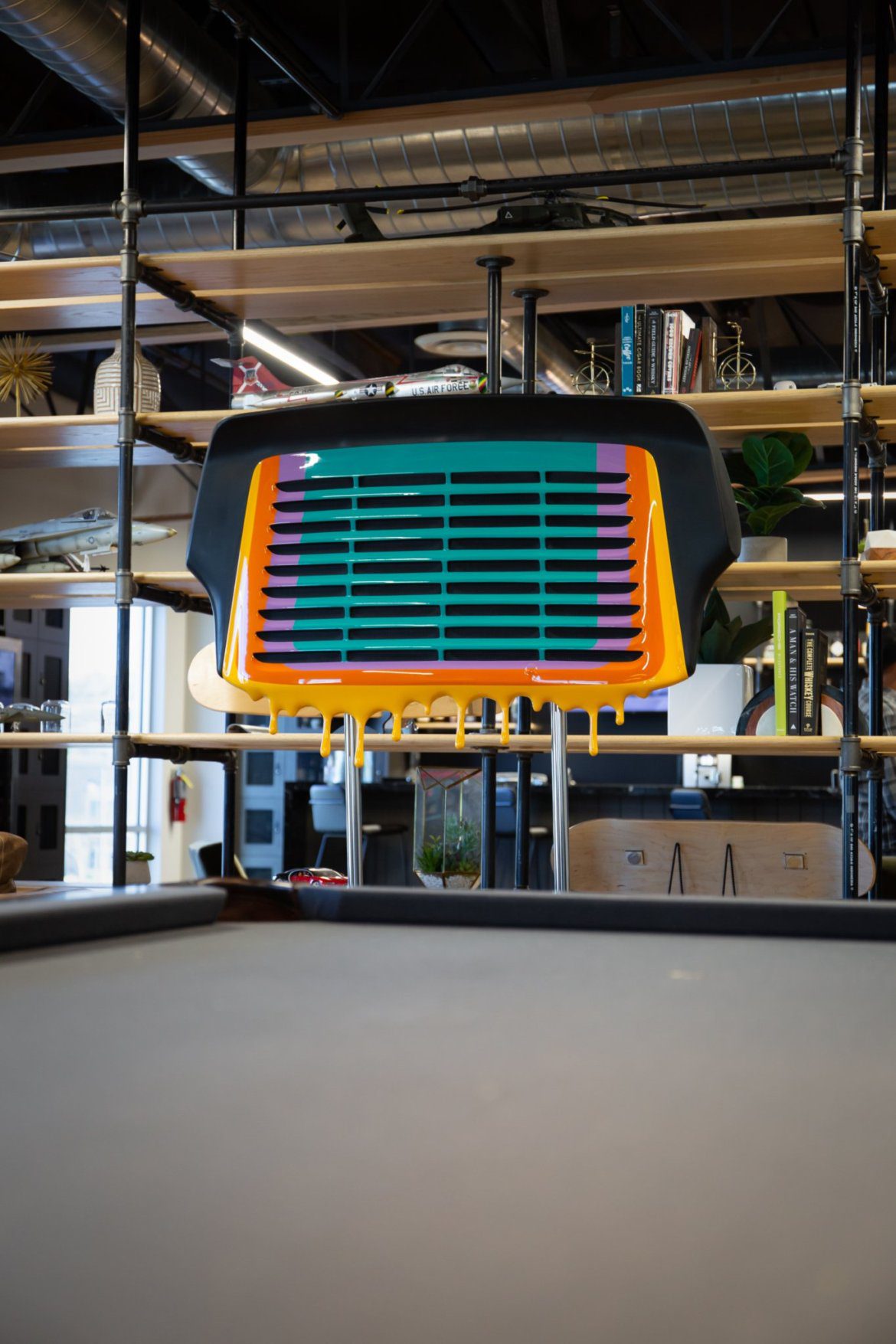
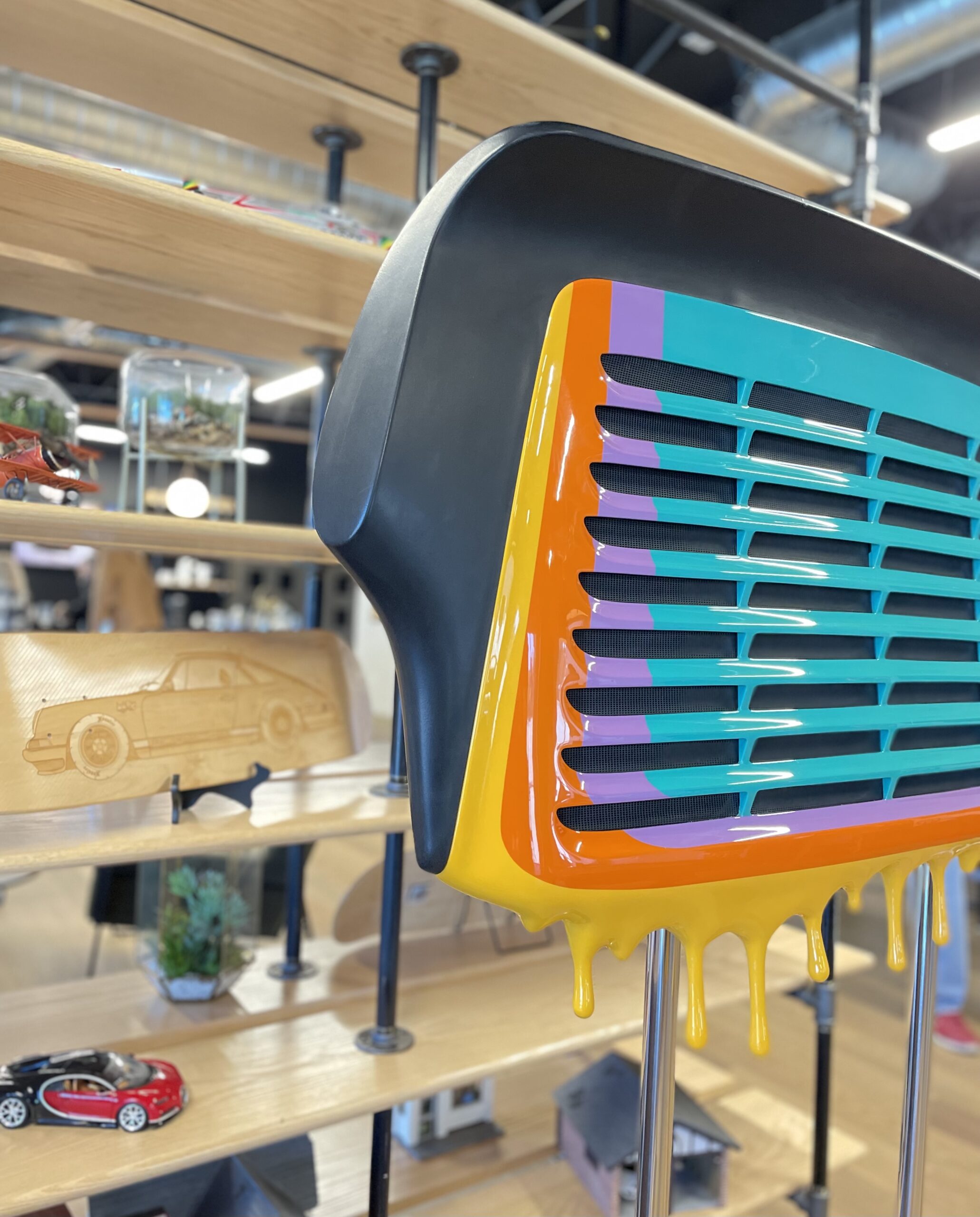
L 116 cm – 45.6 inch
H 63 cm – 24.8 inch
W 29 cm – 11.4 inch
58x 84 cm
22.8 x 33 inch
170 cm
H 63 cm – 24.8 inch
67 inch